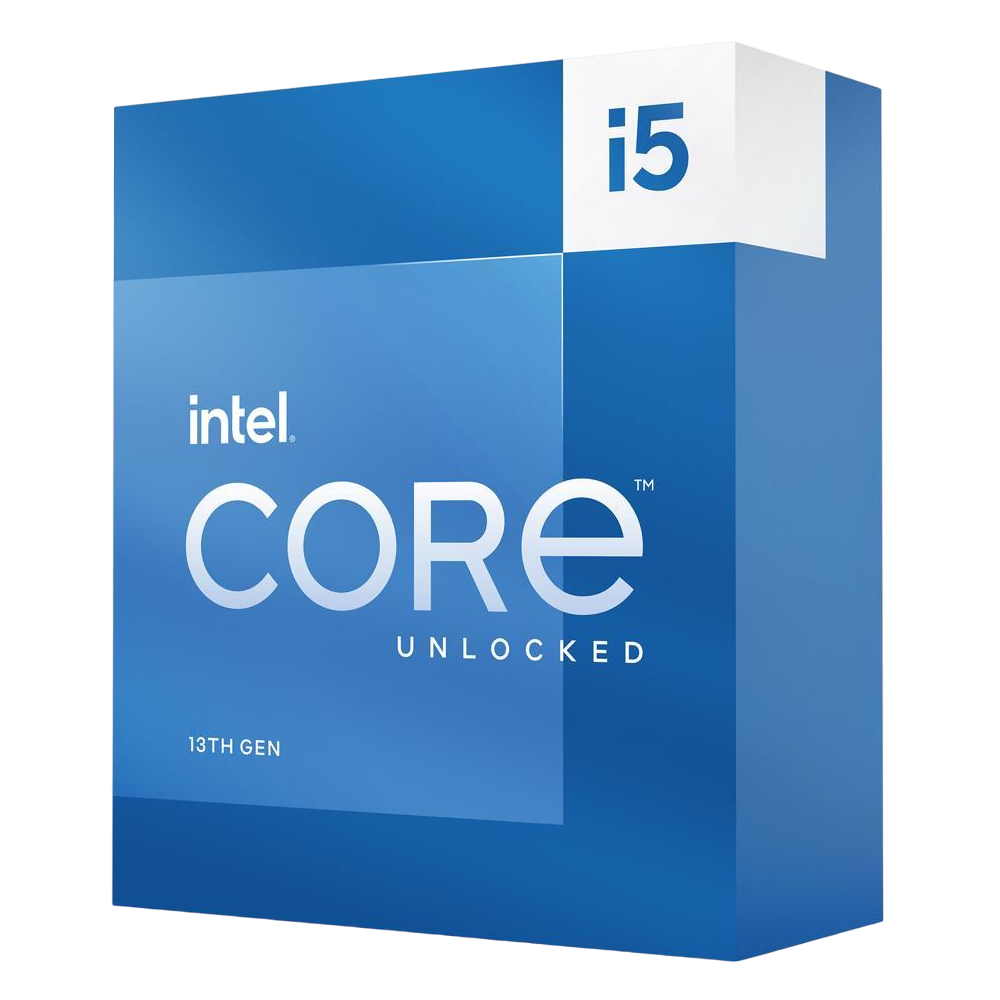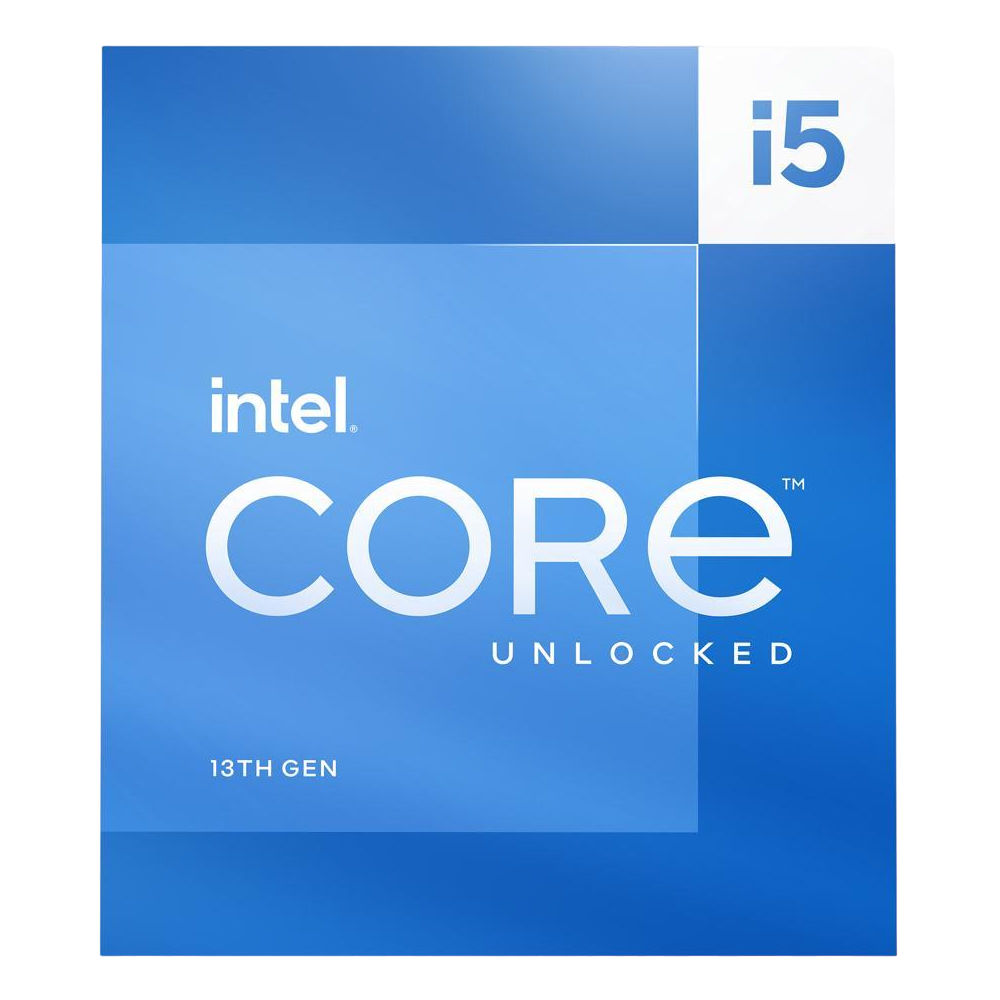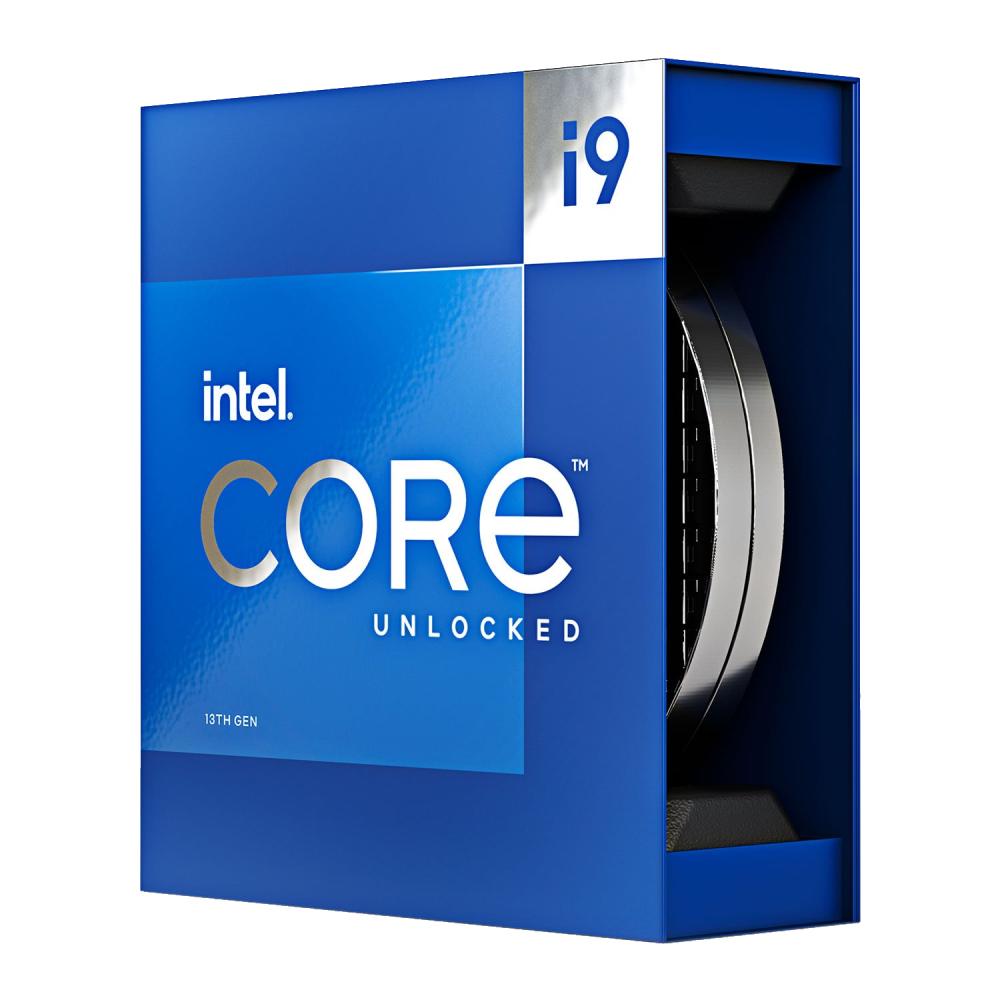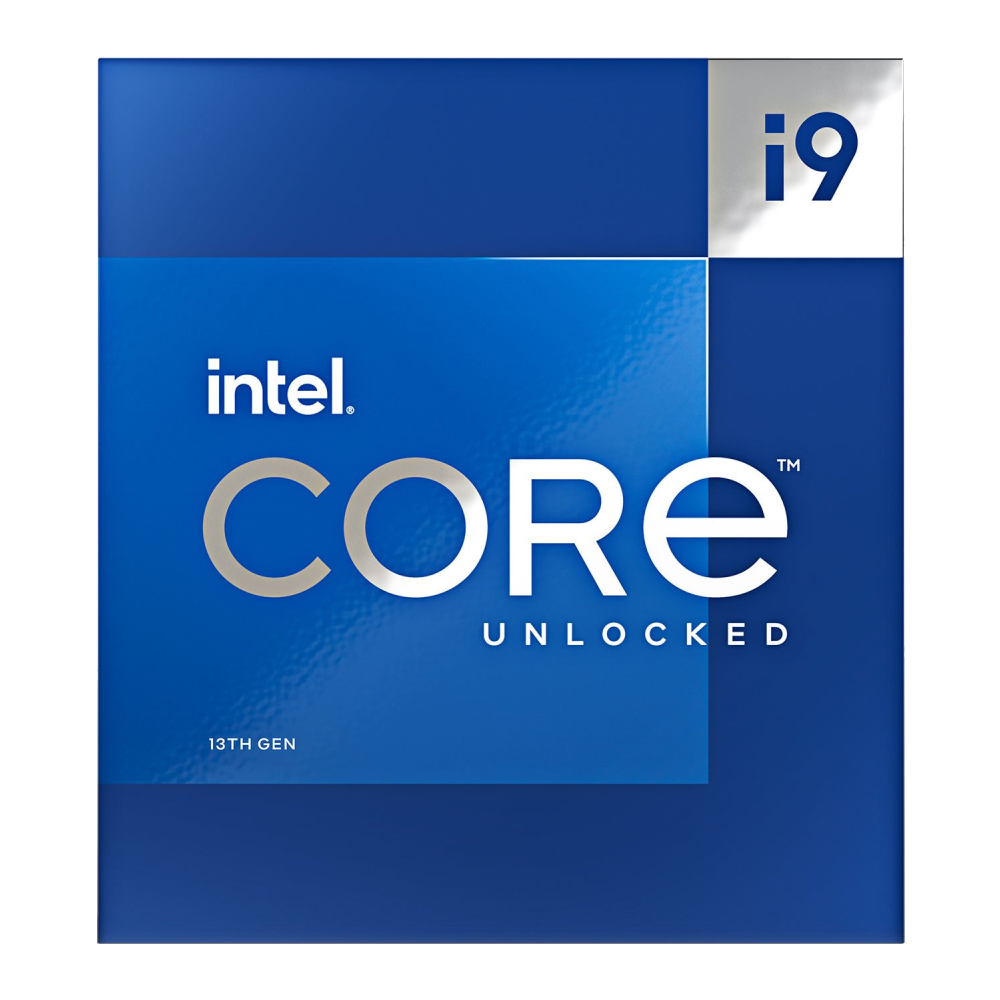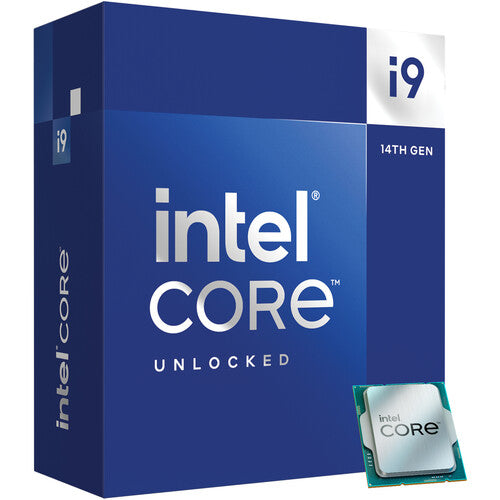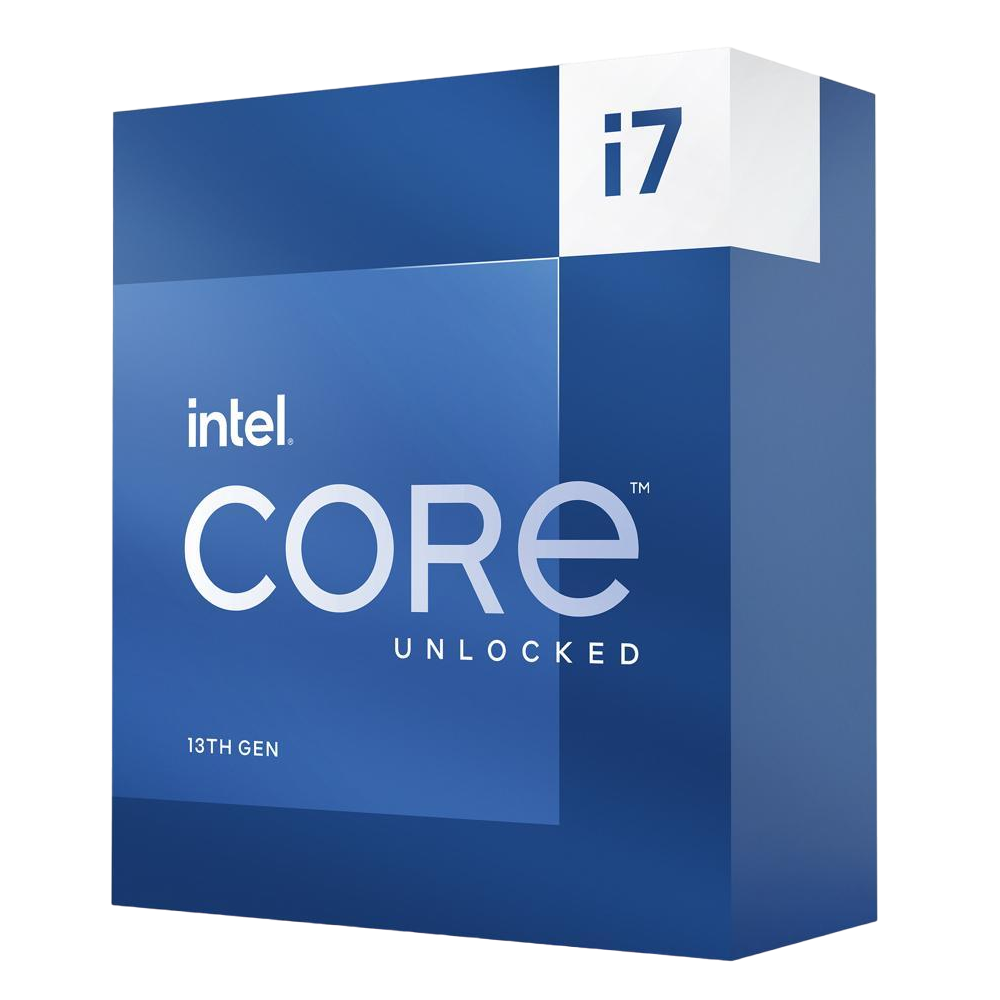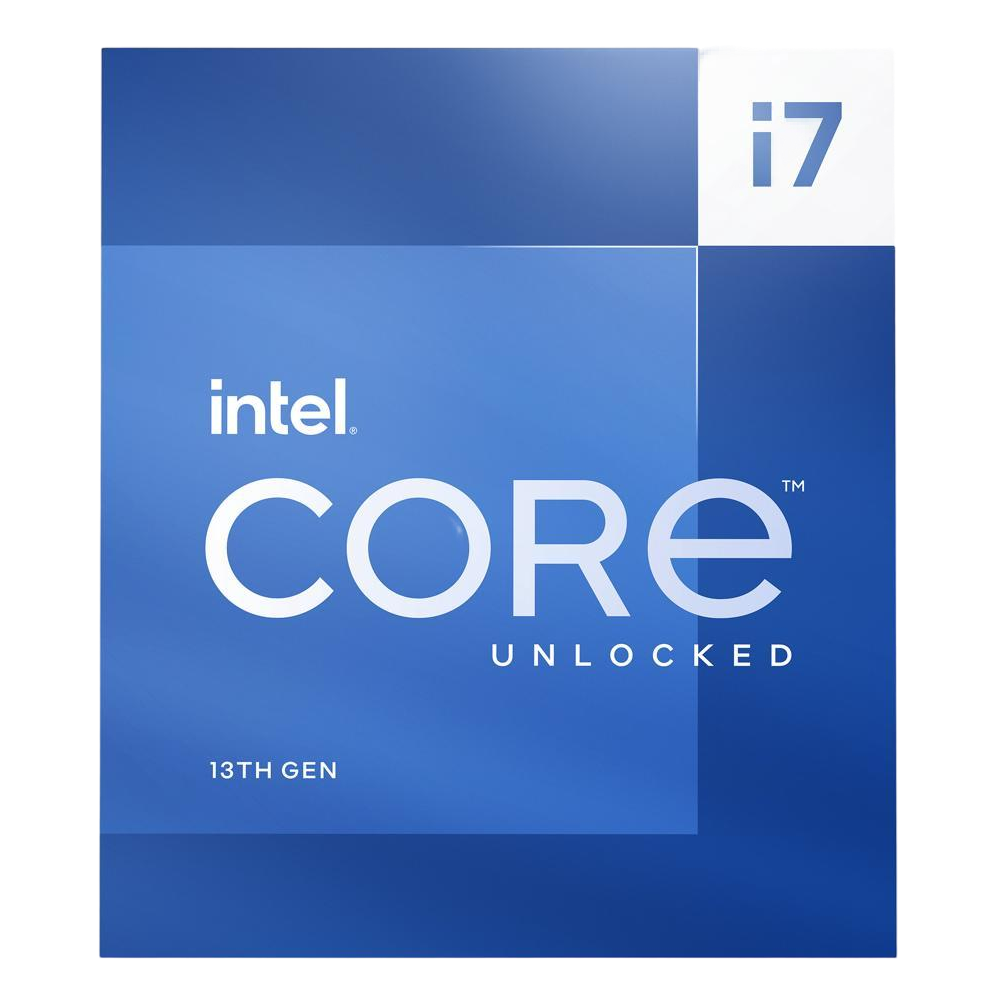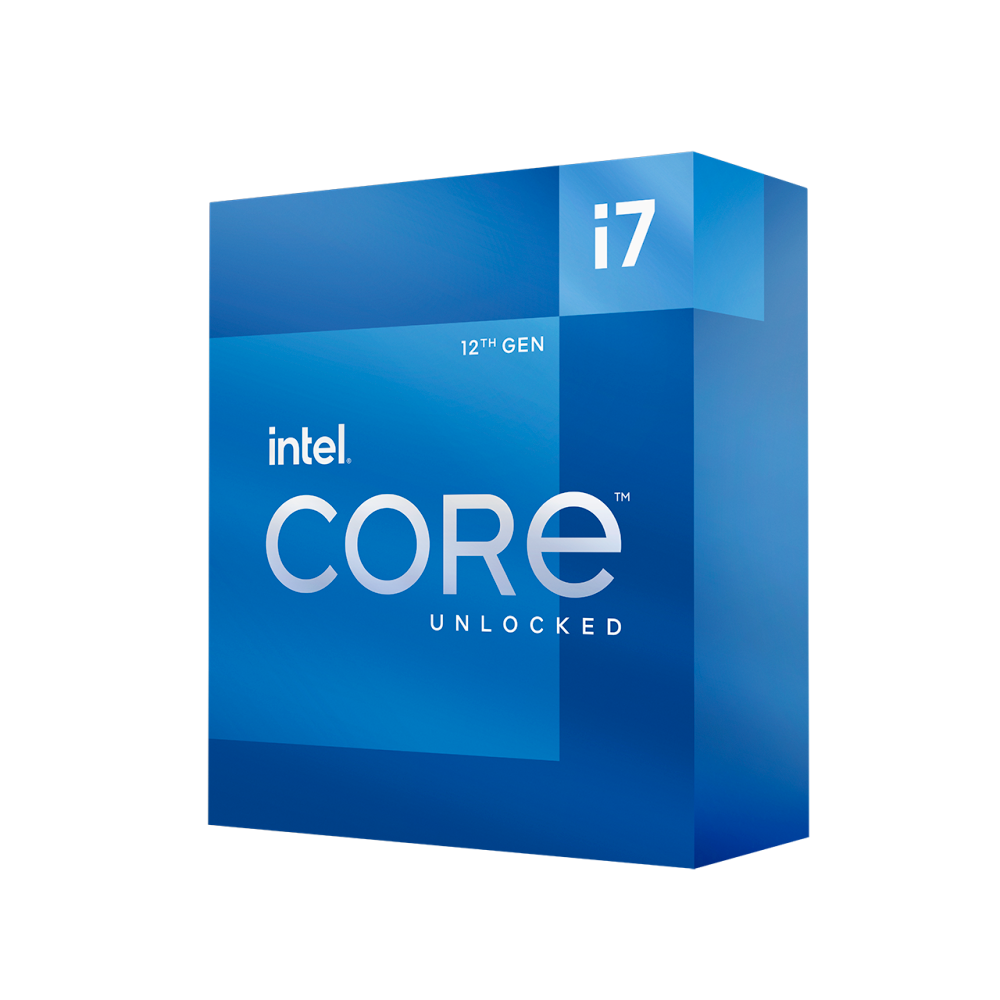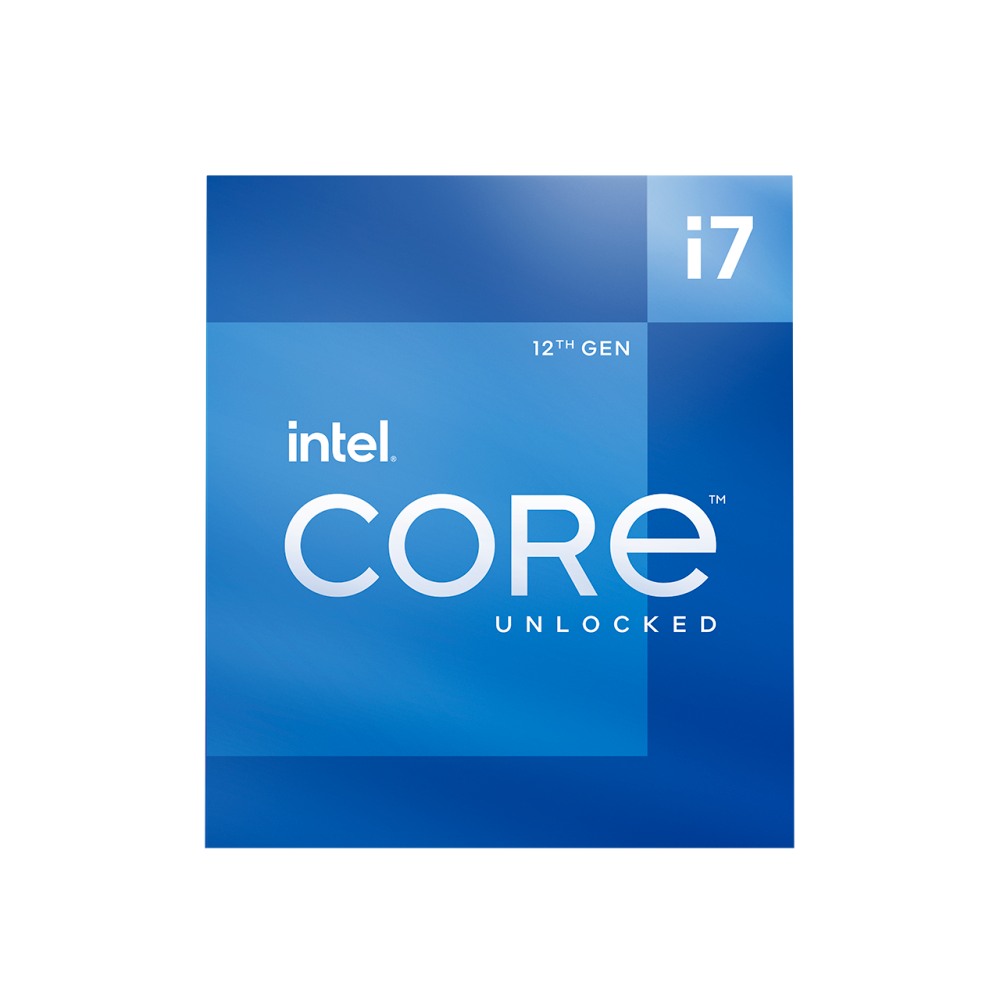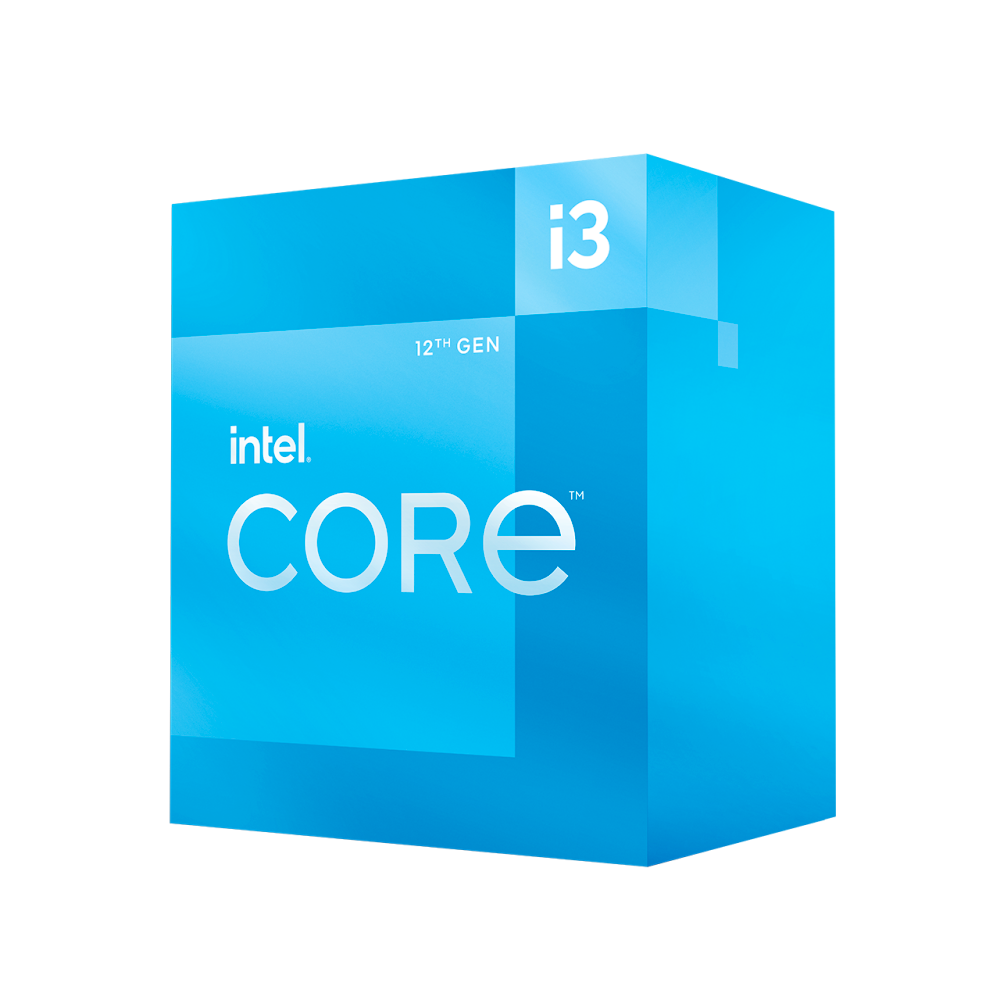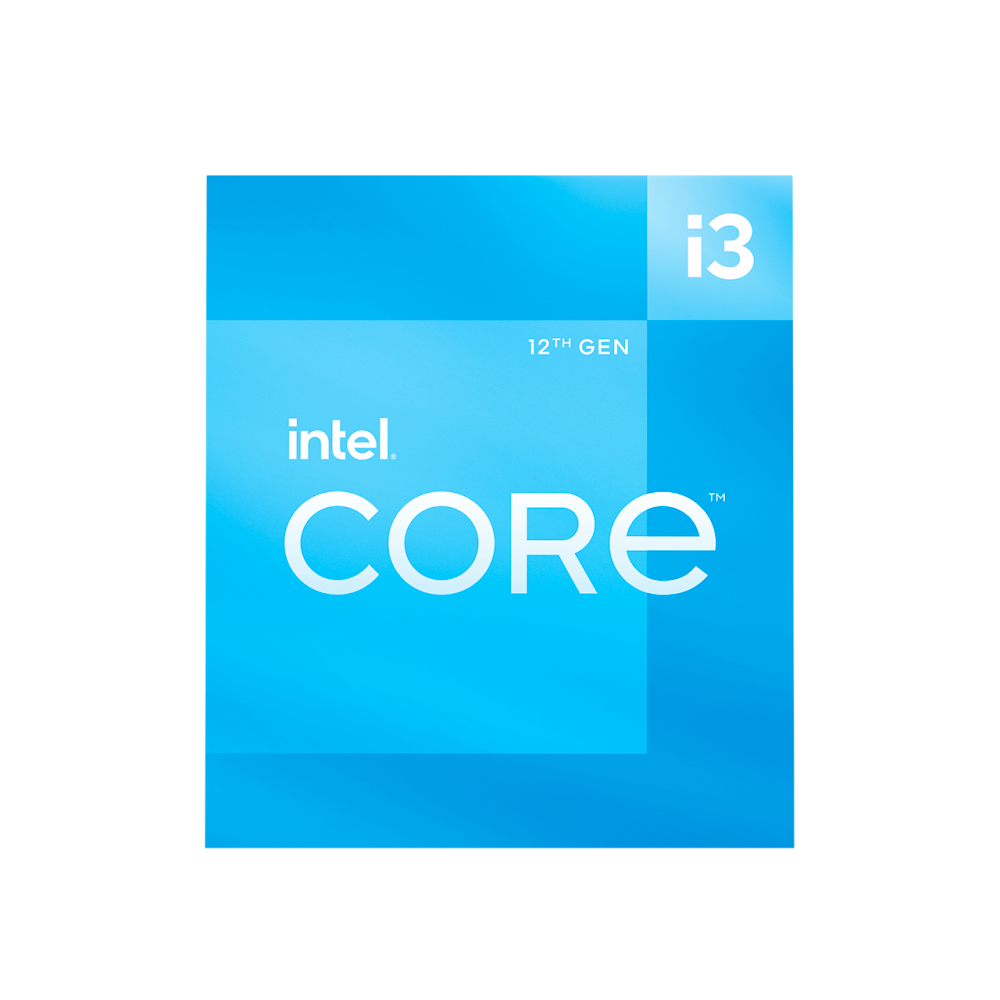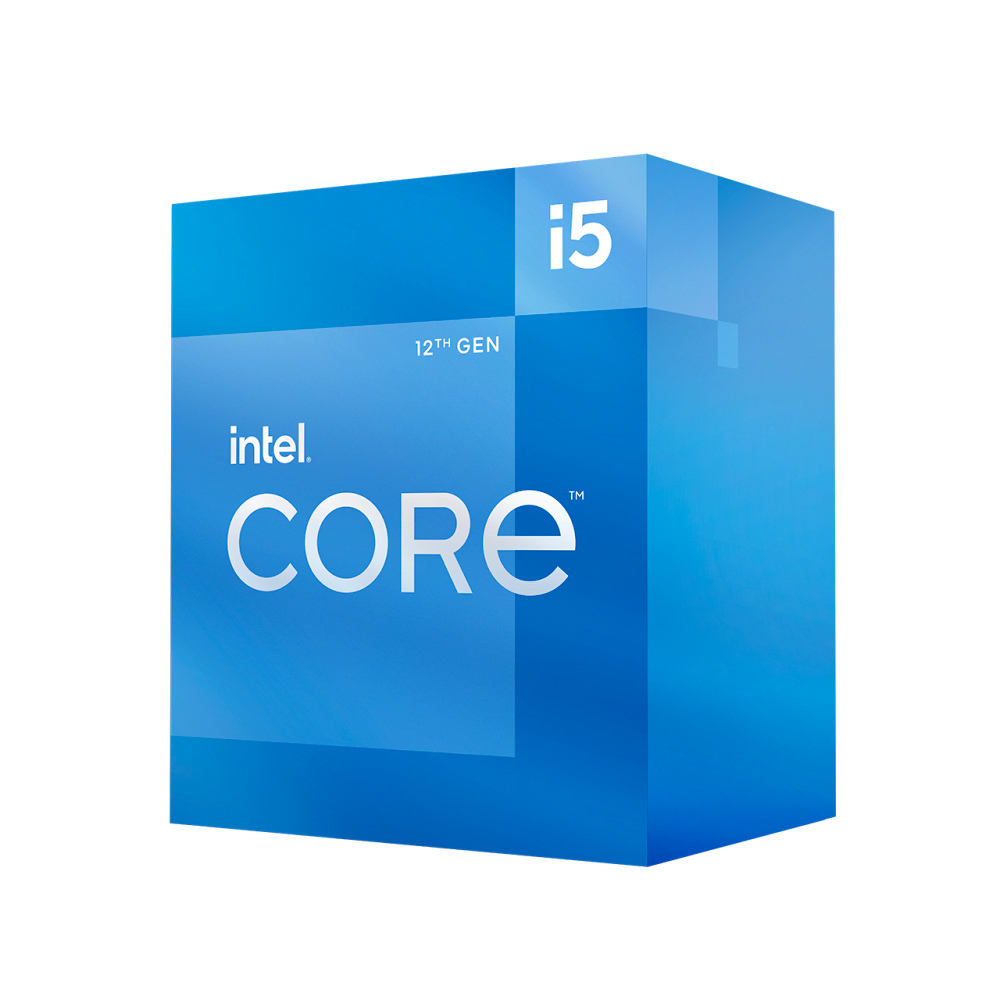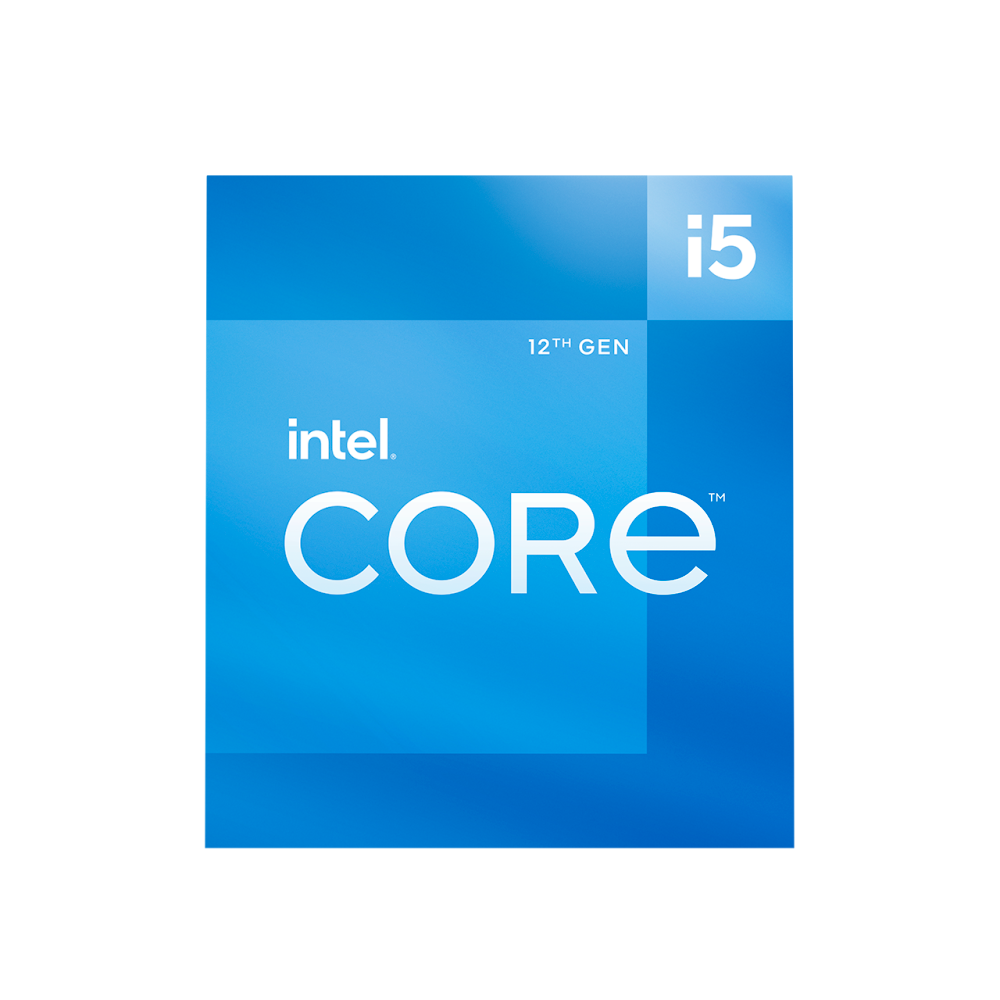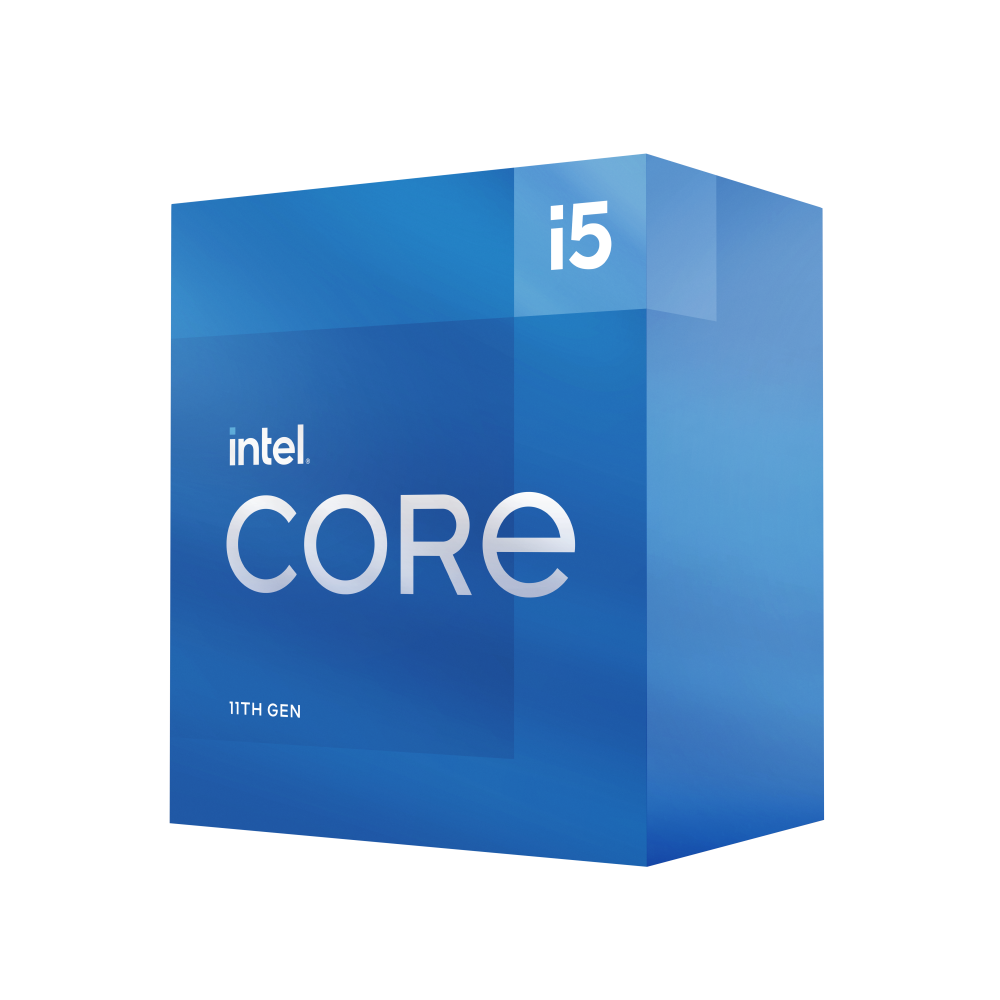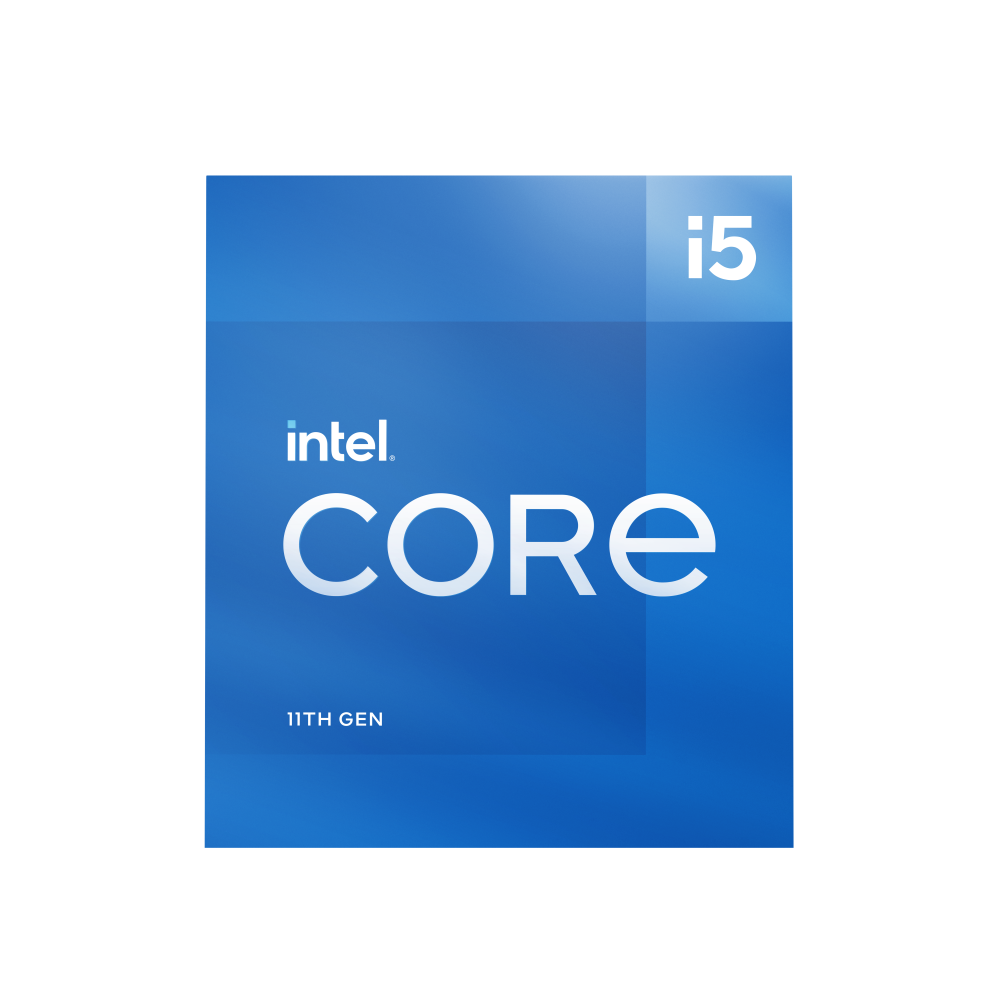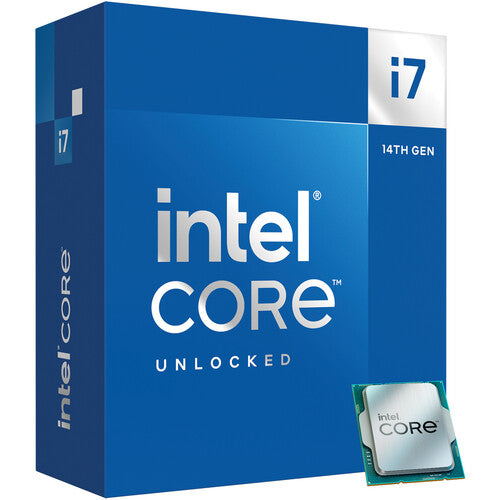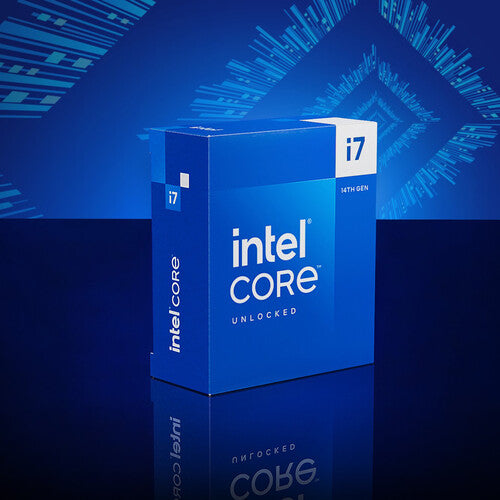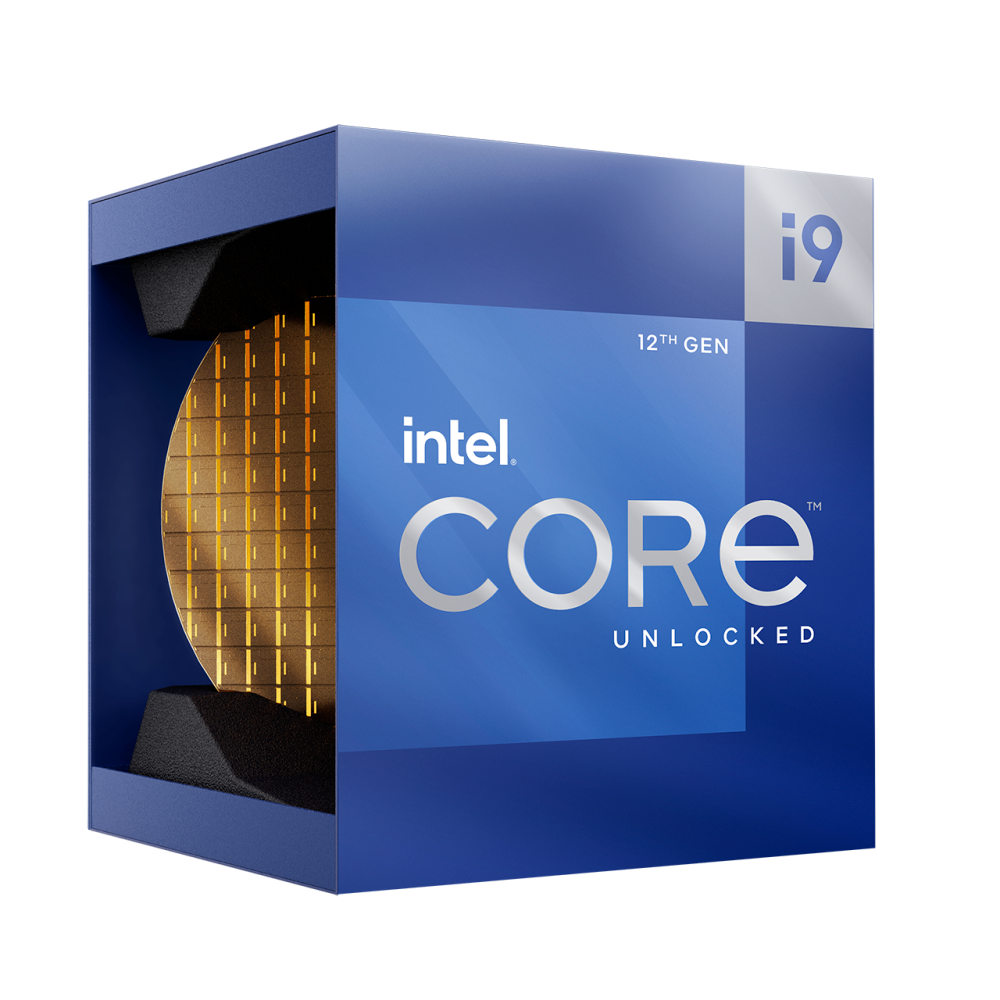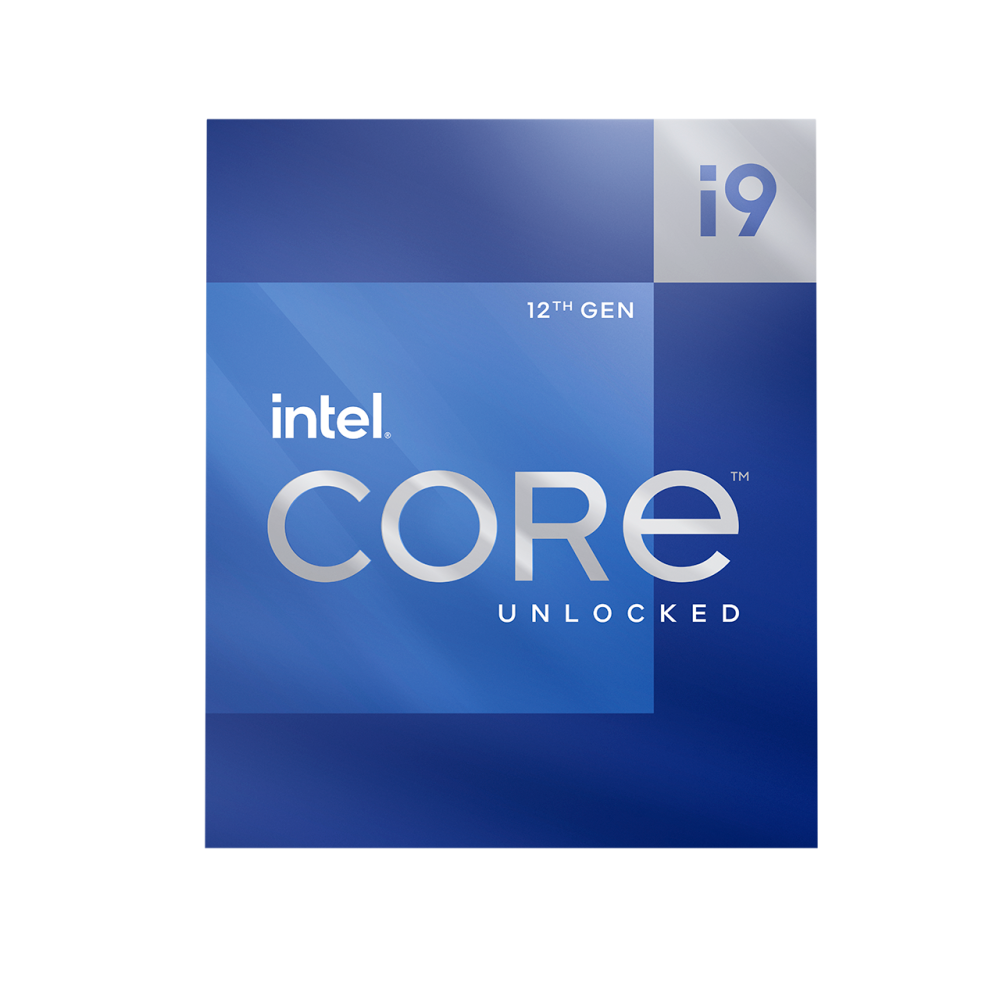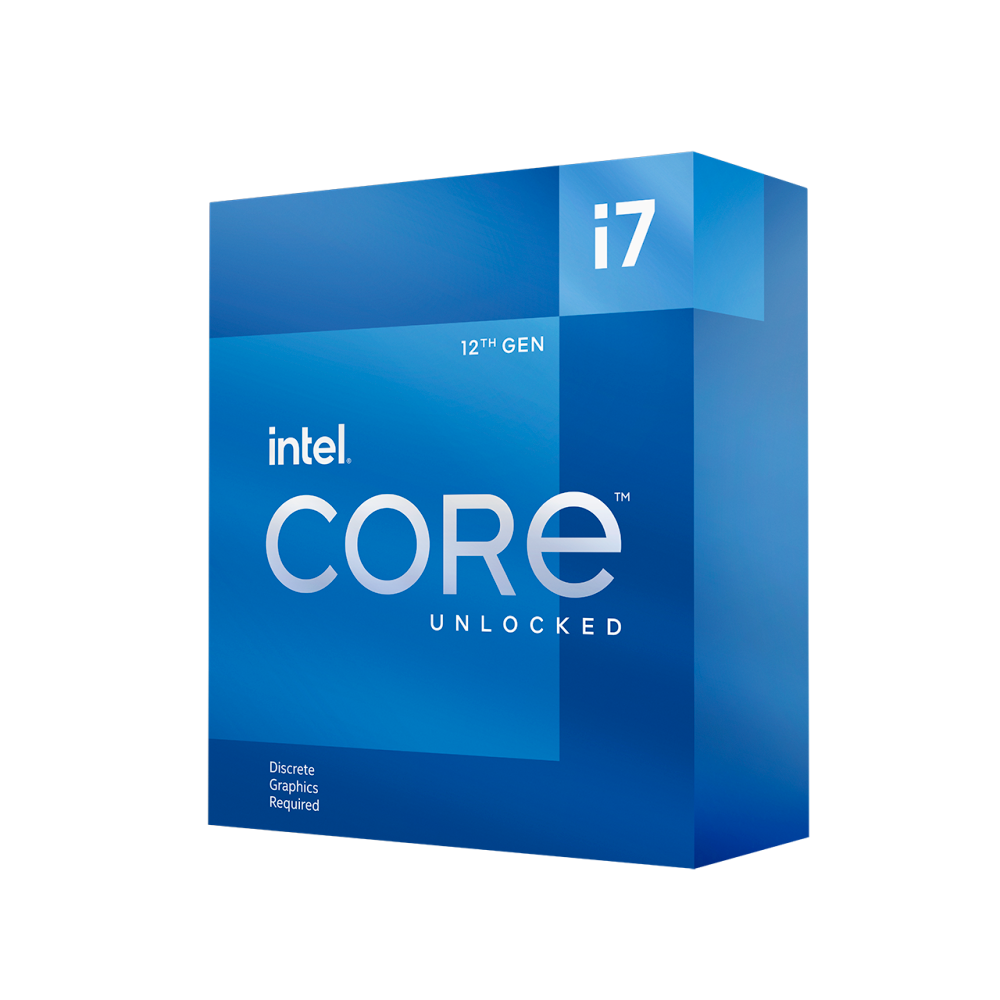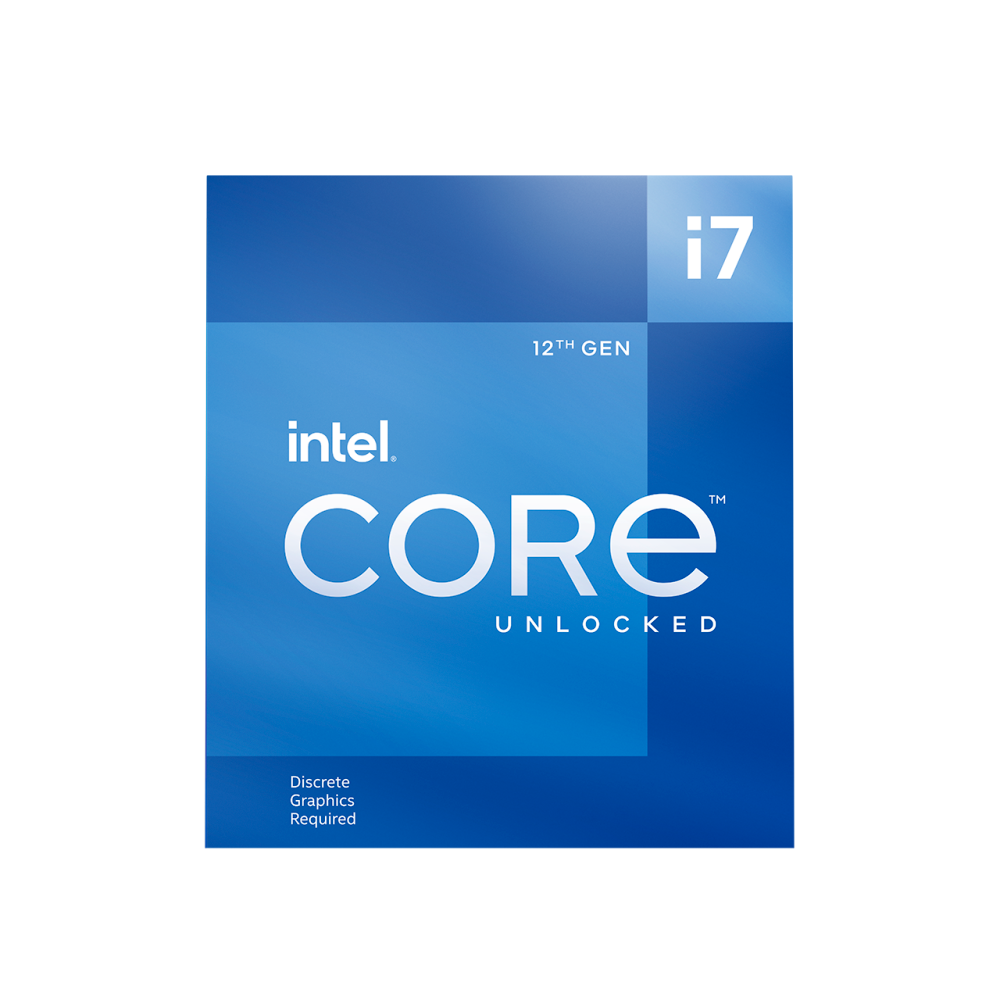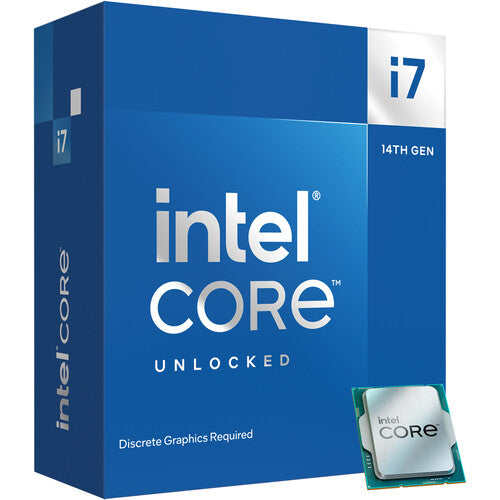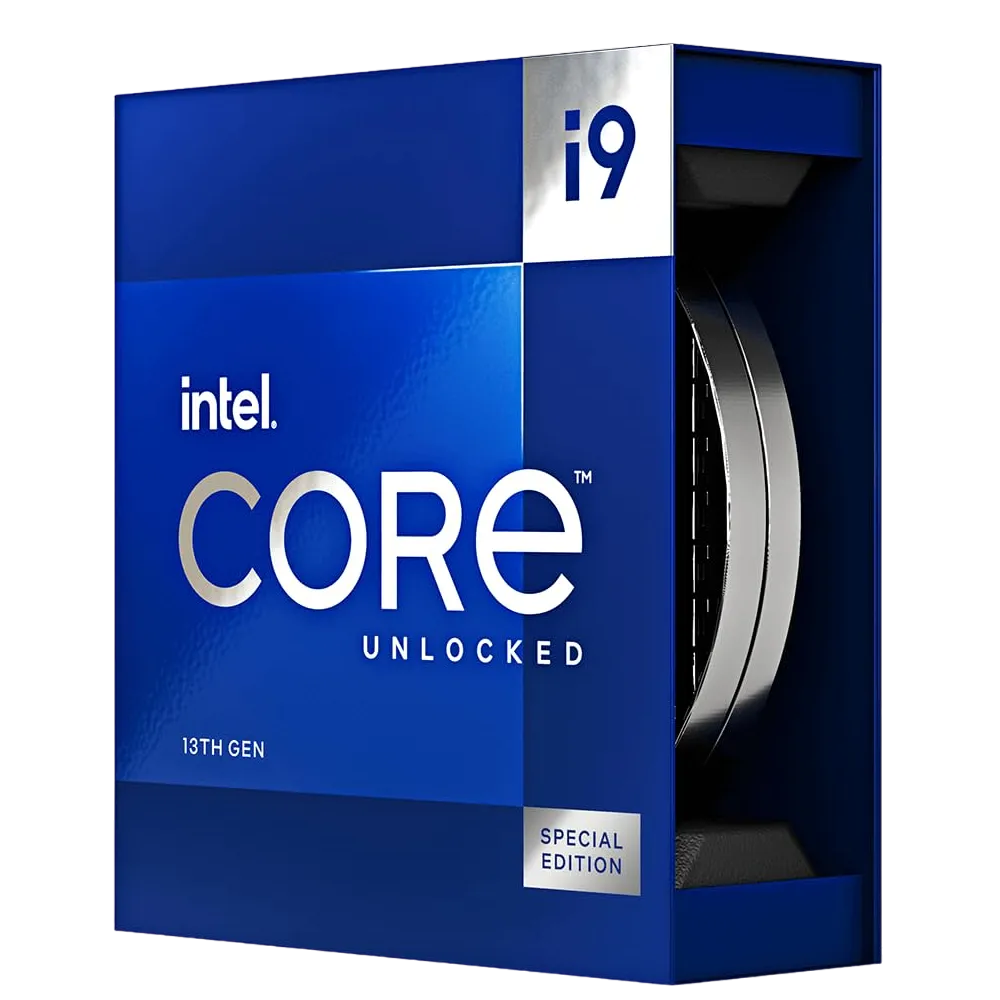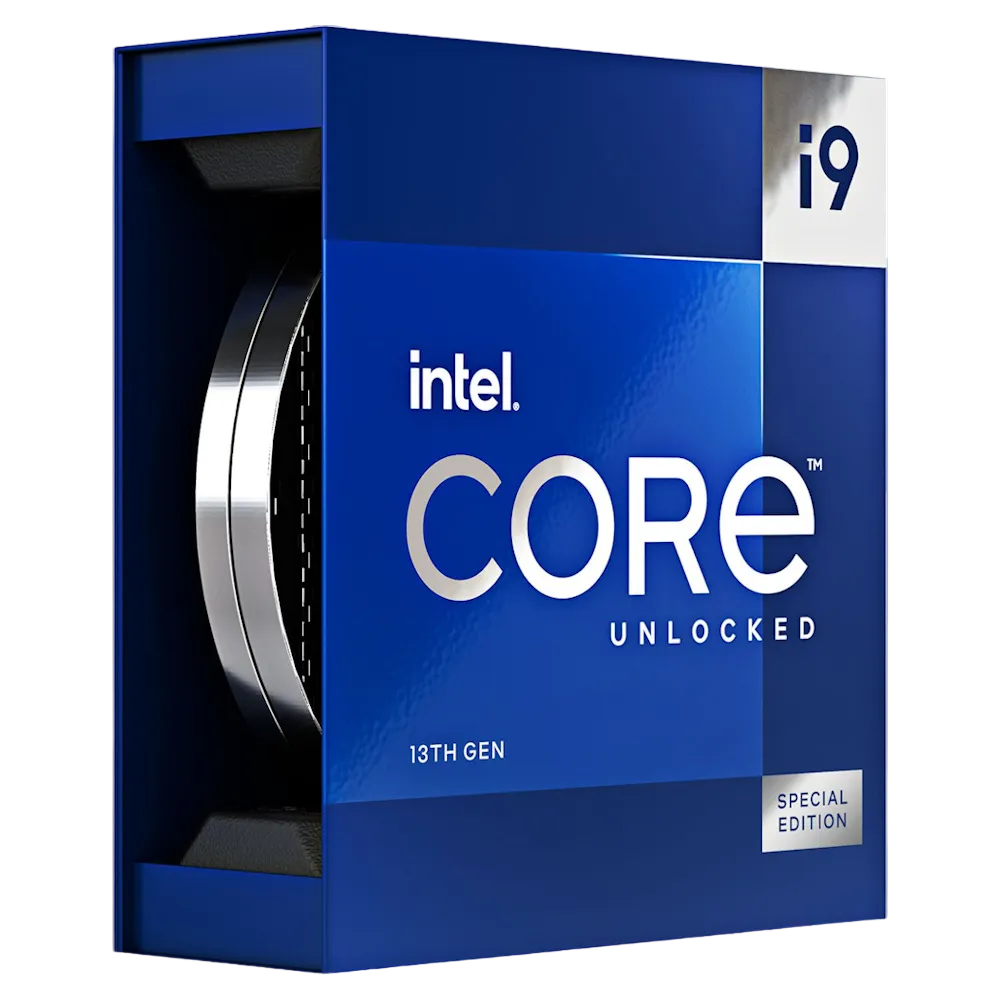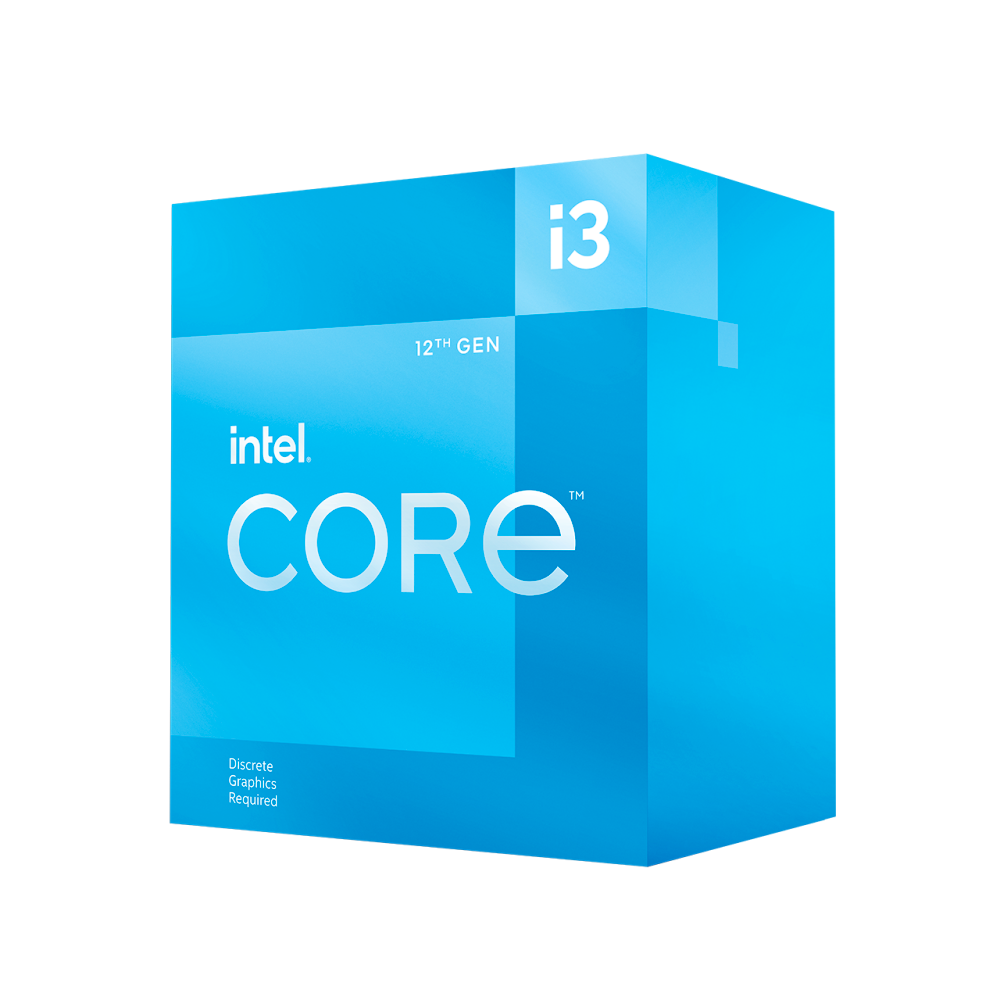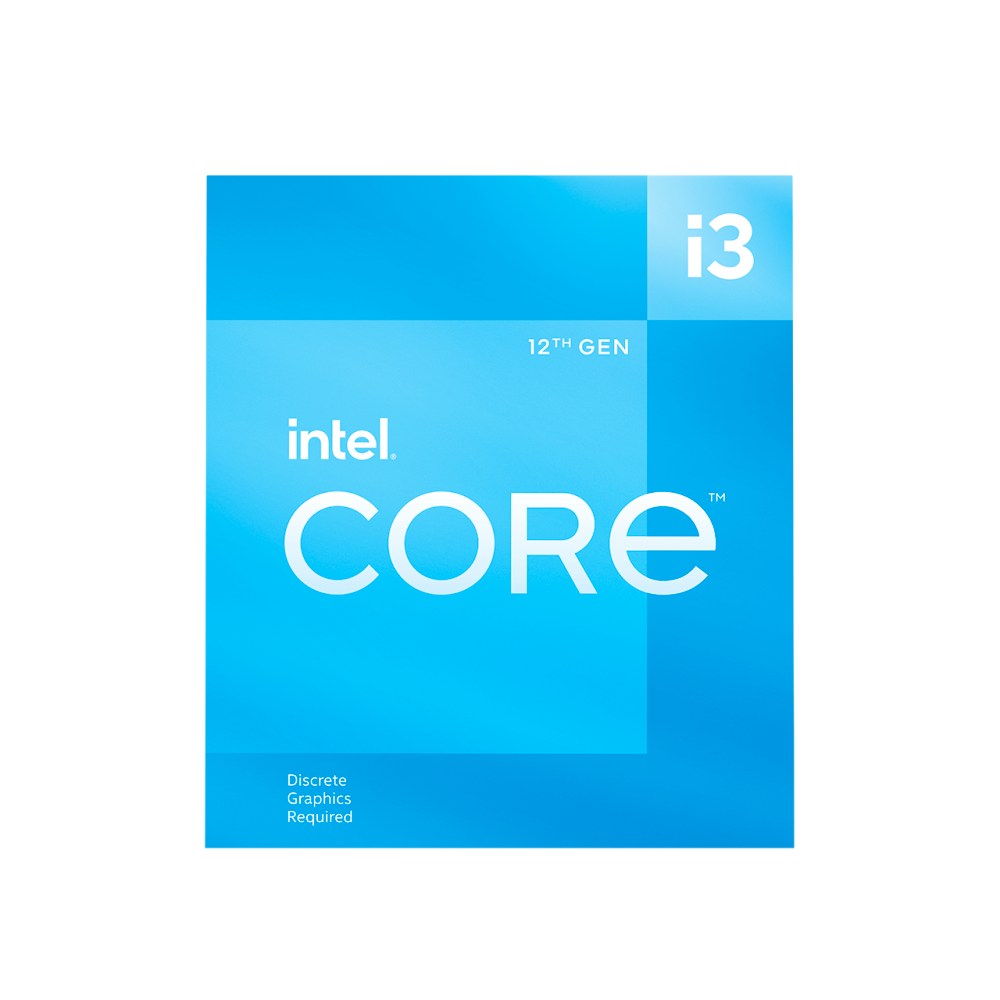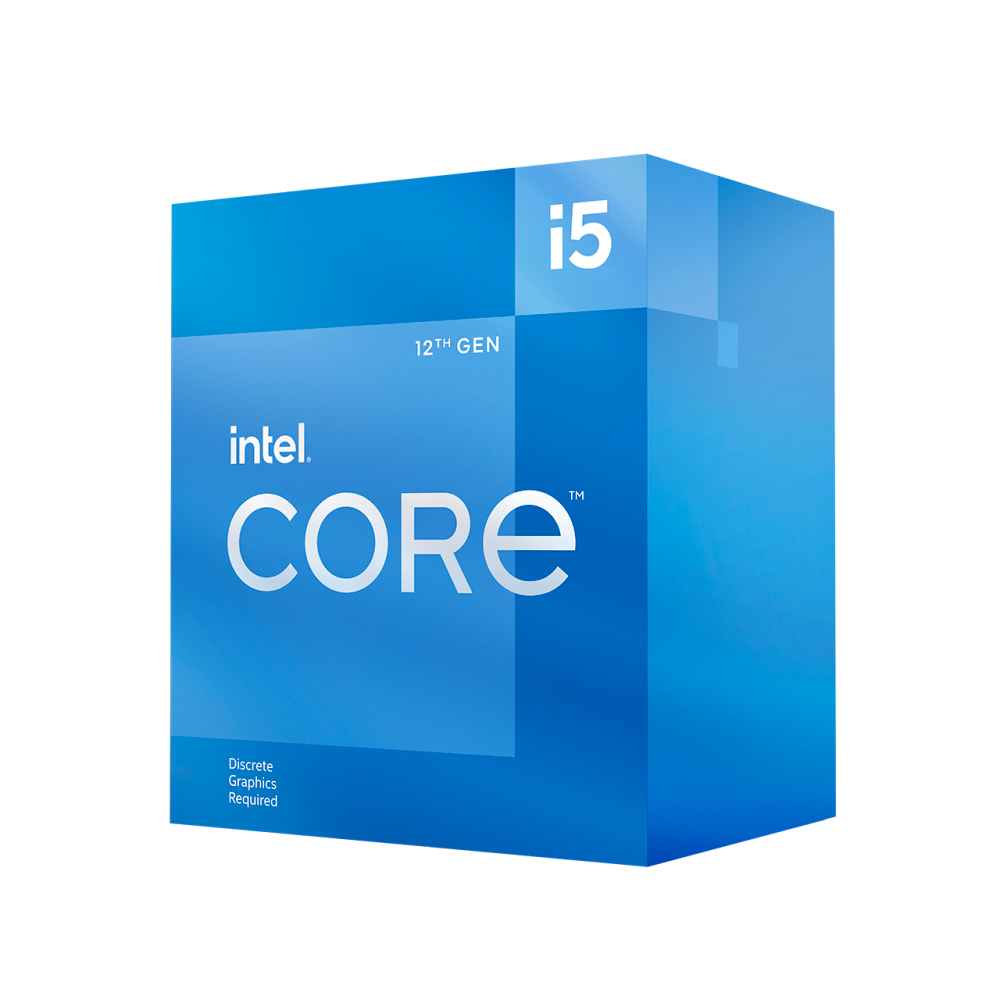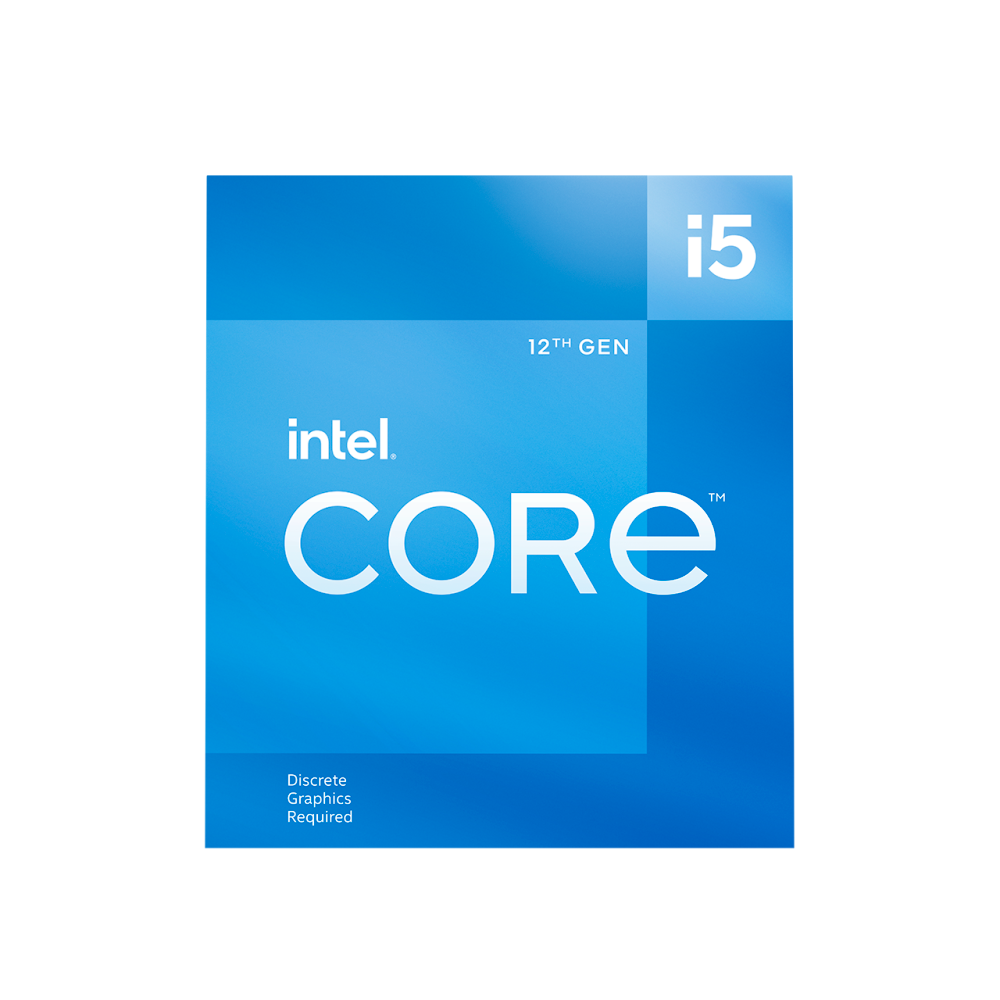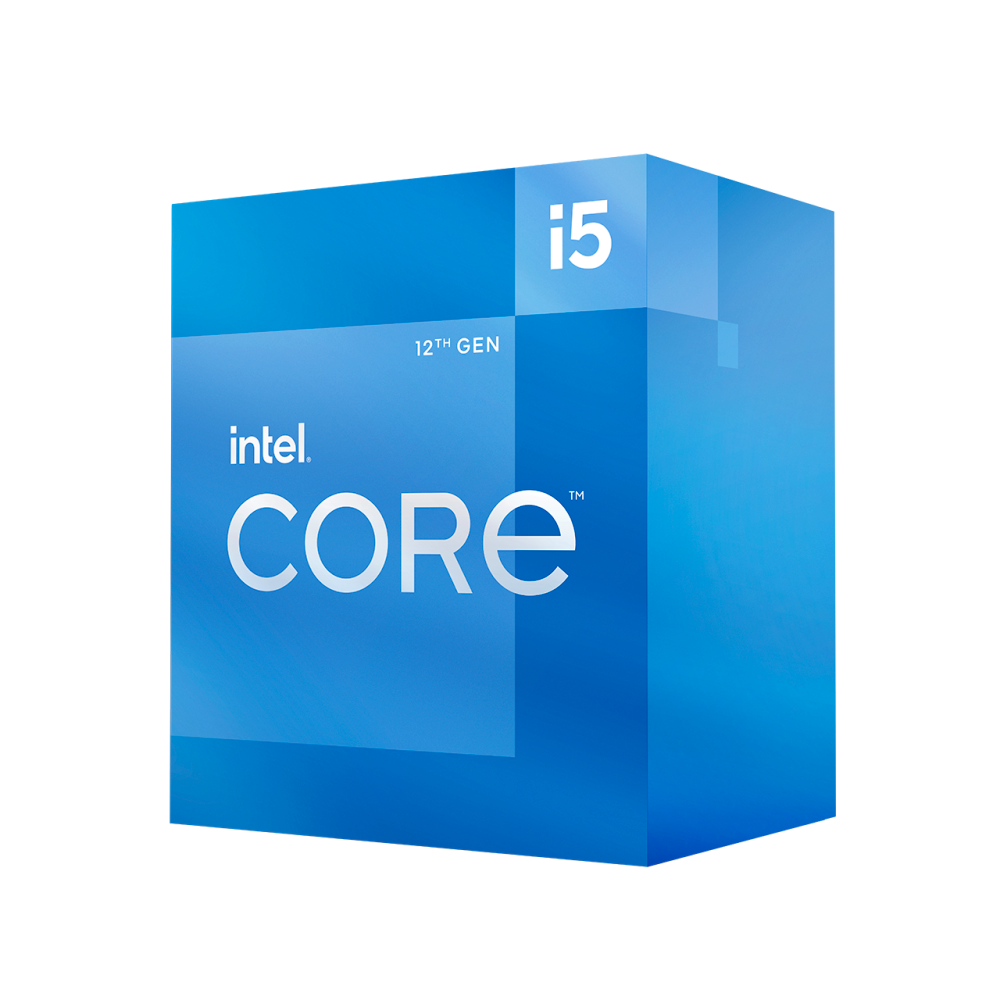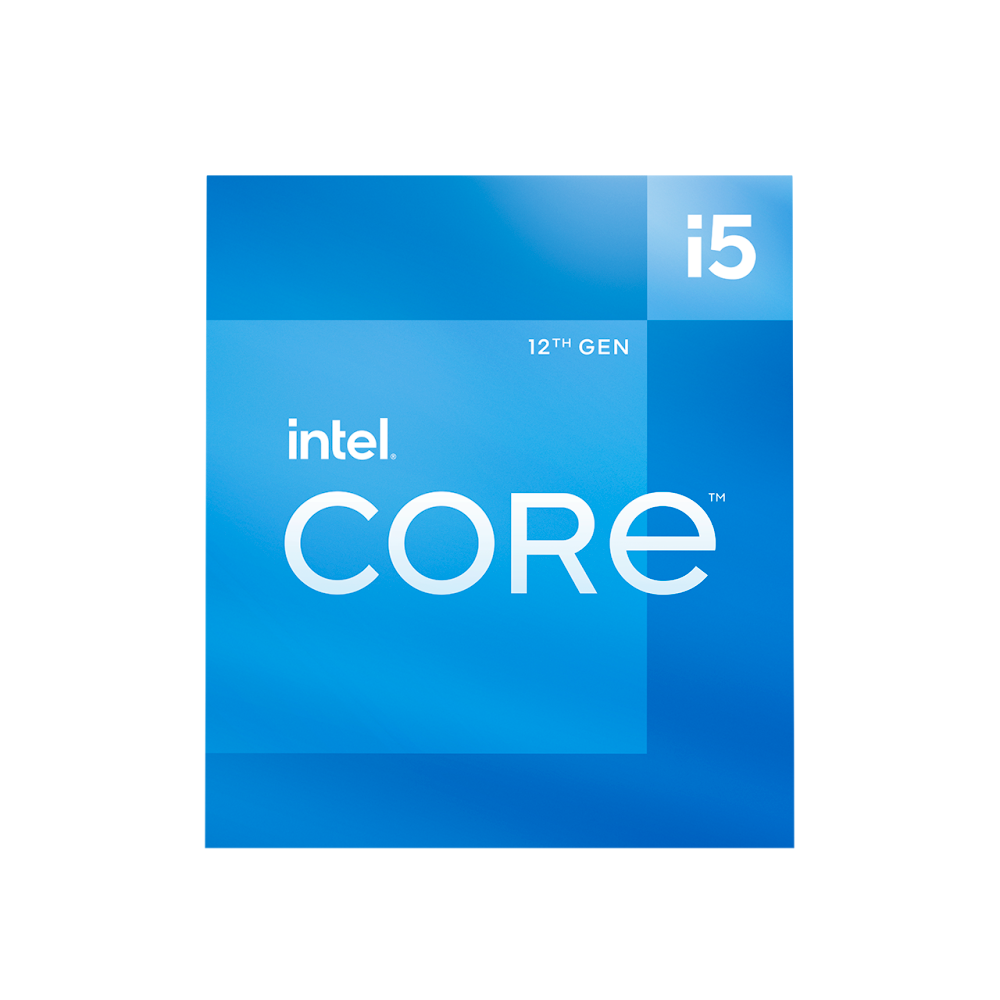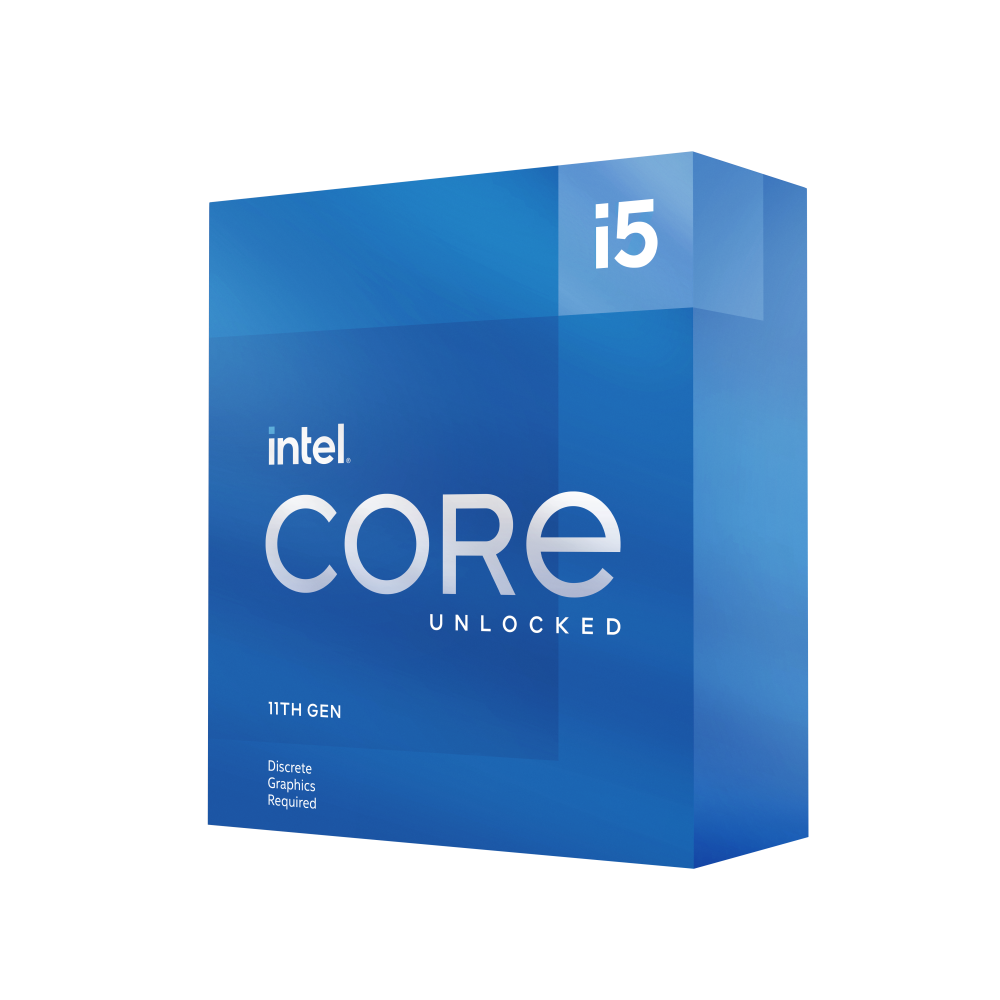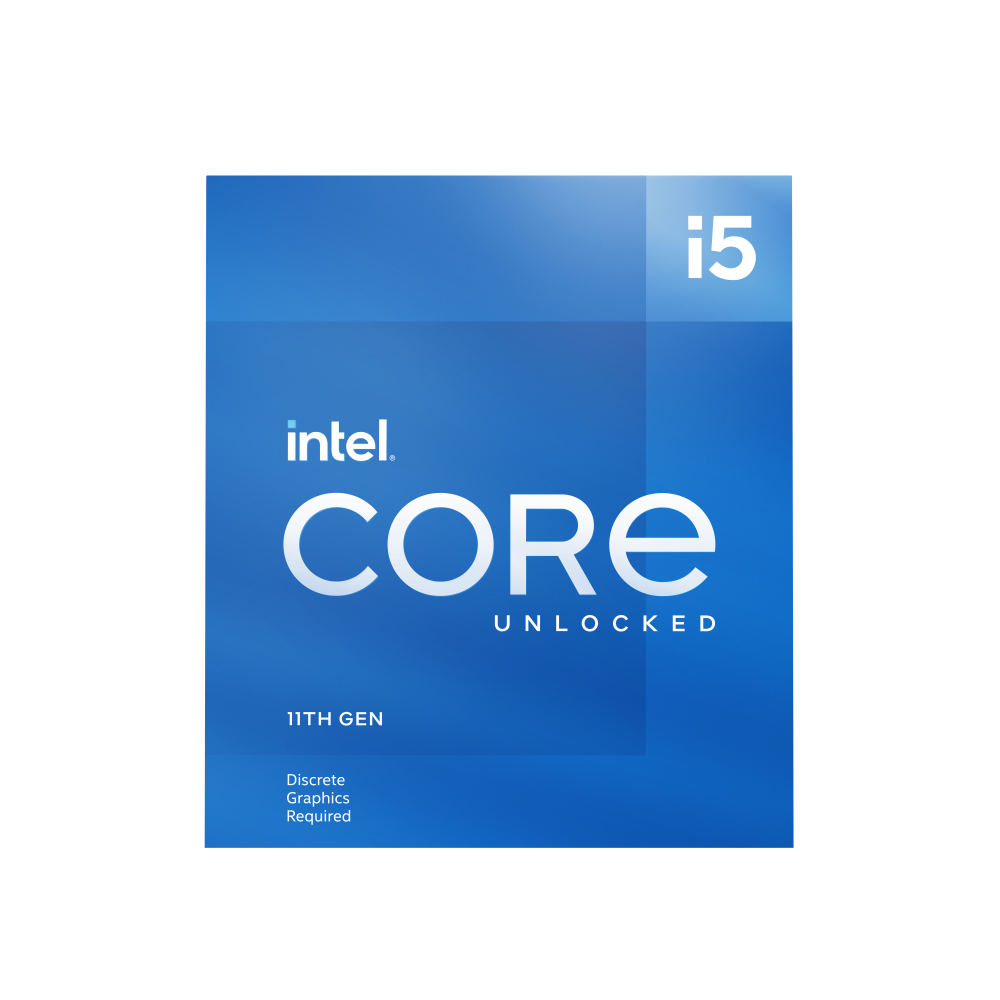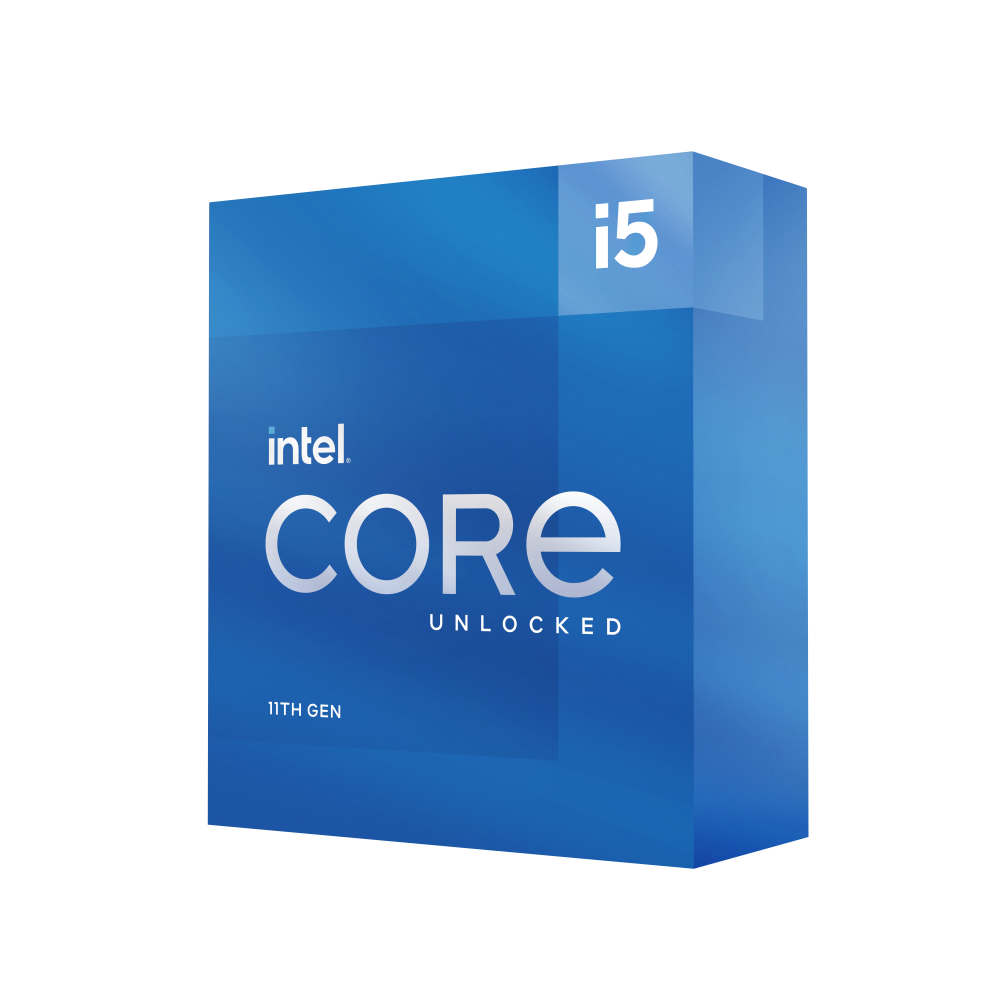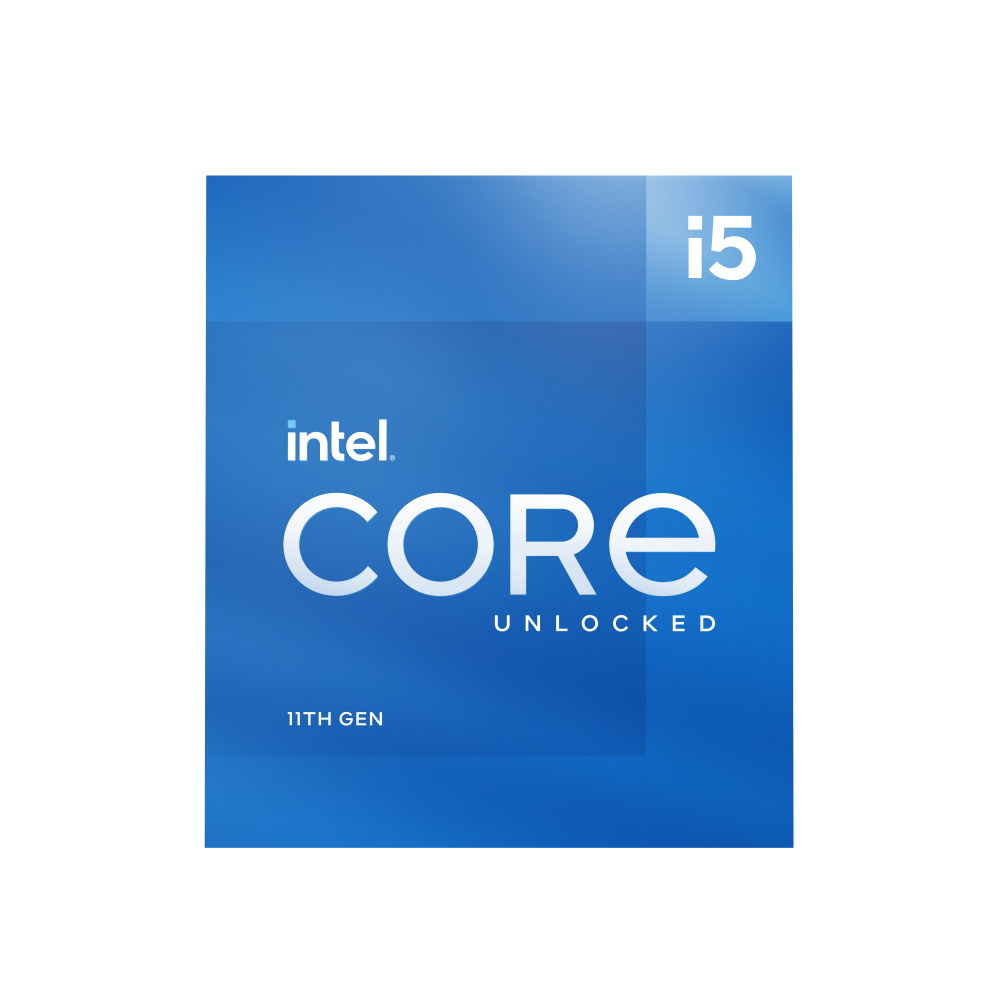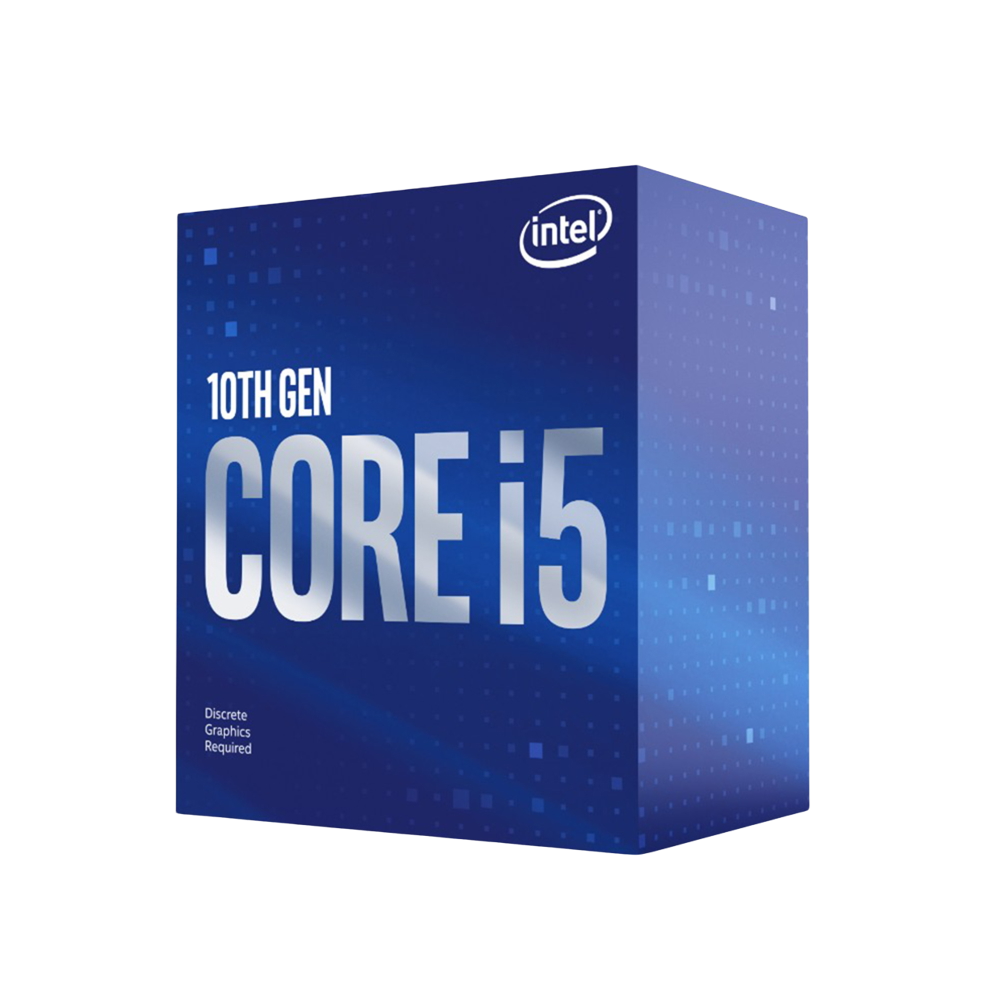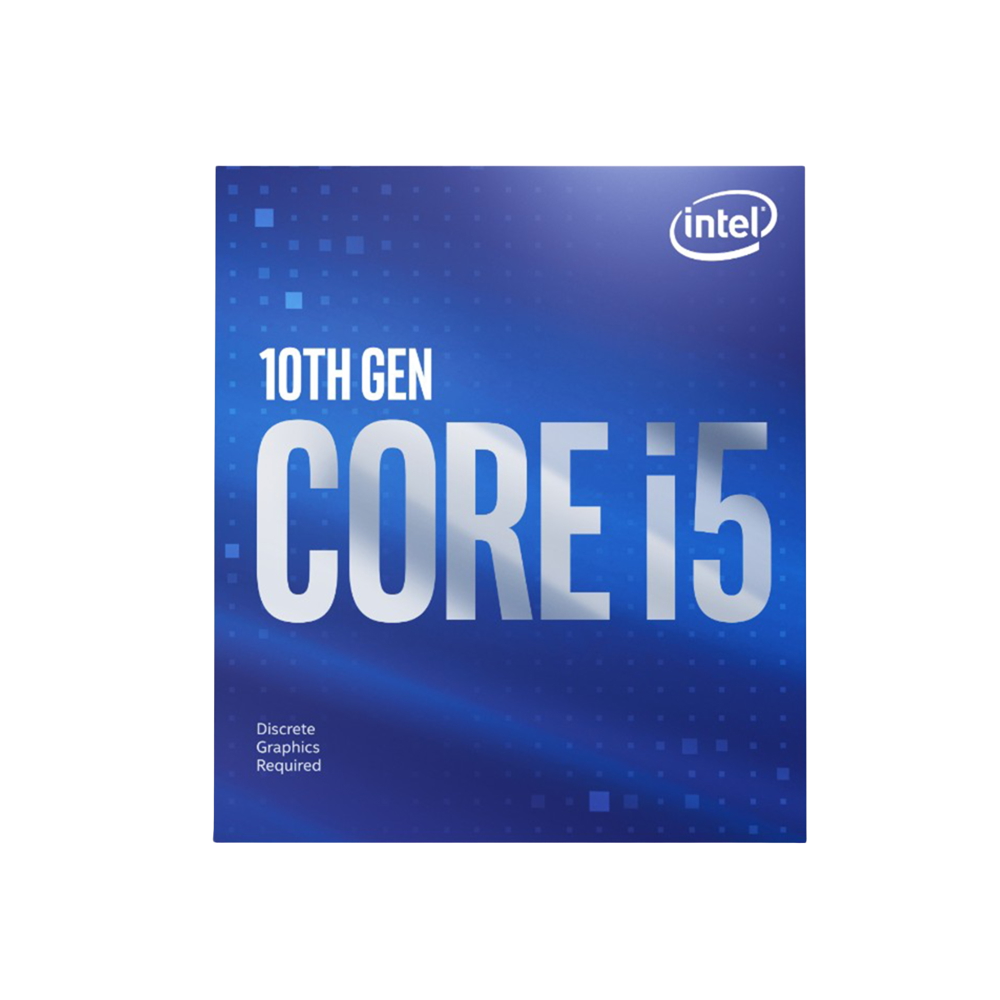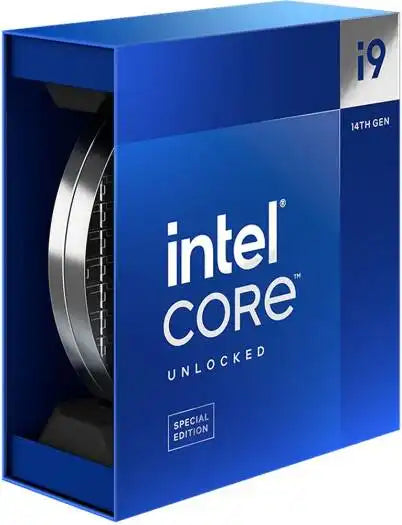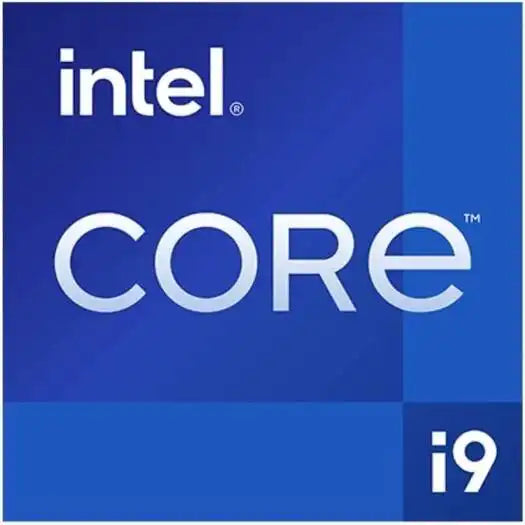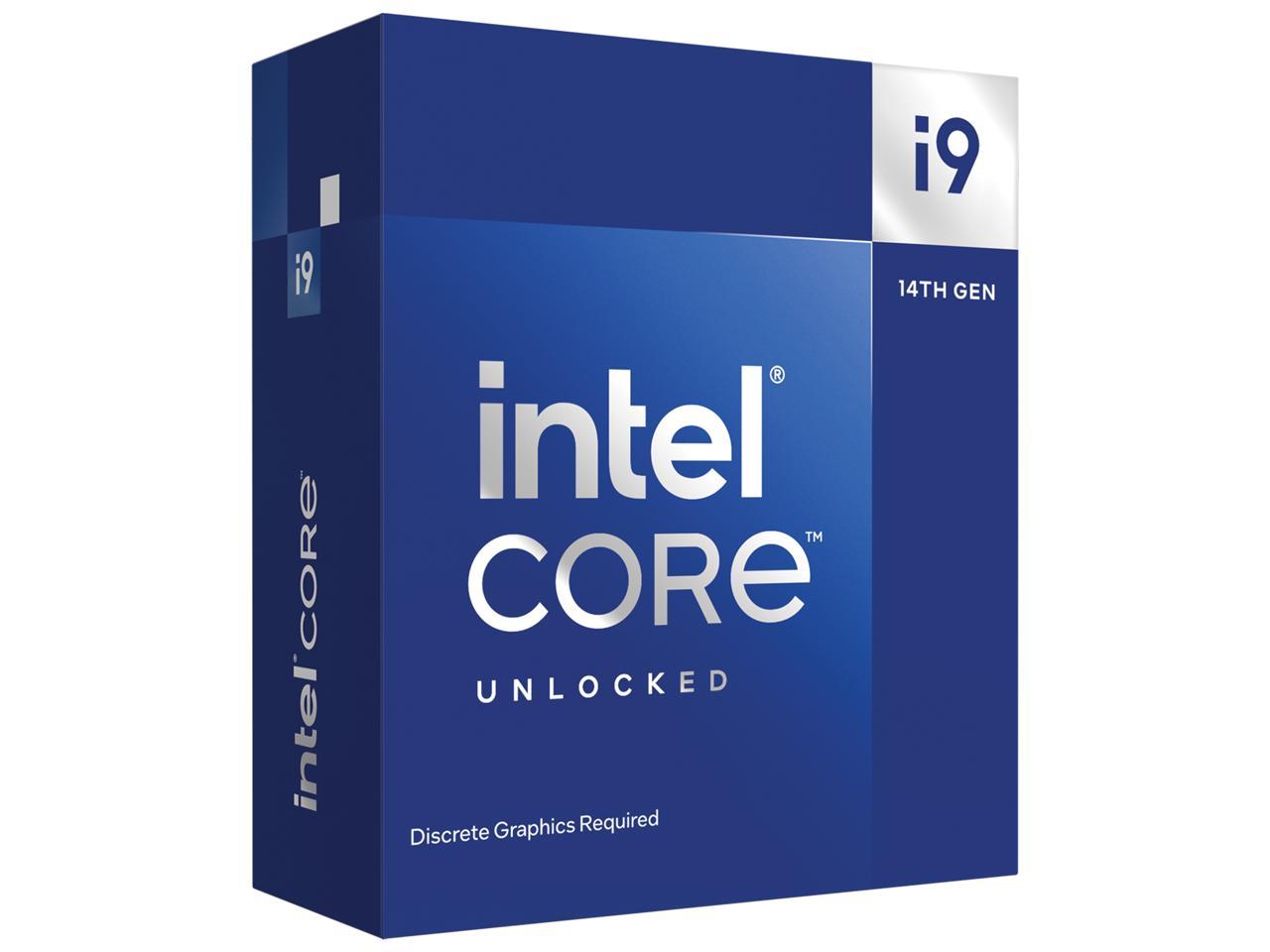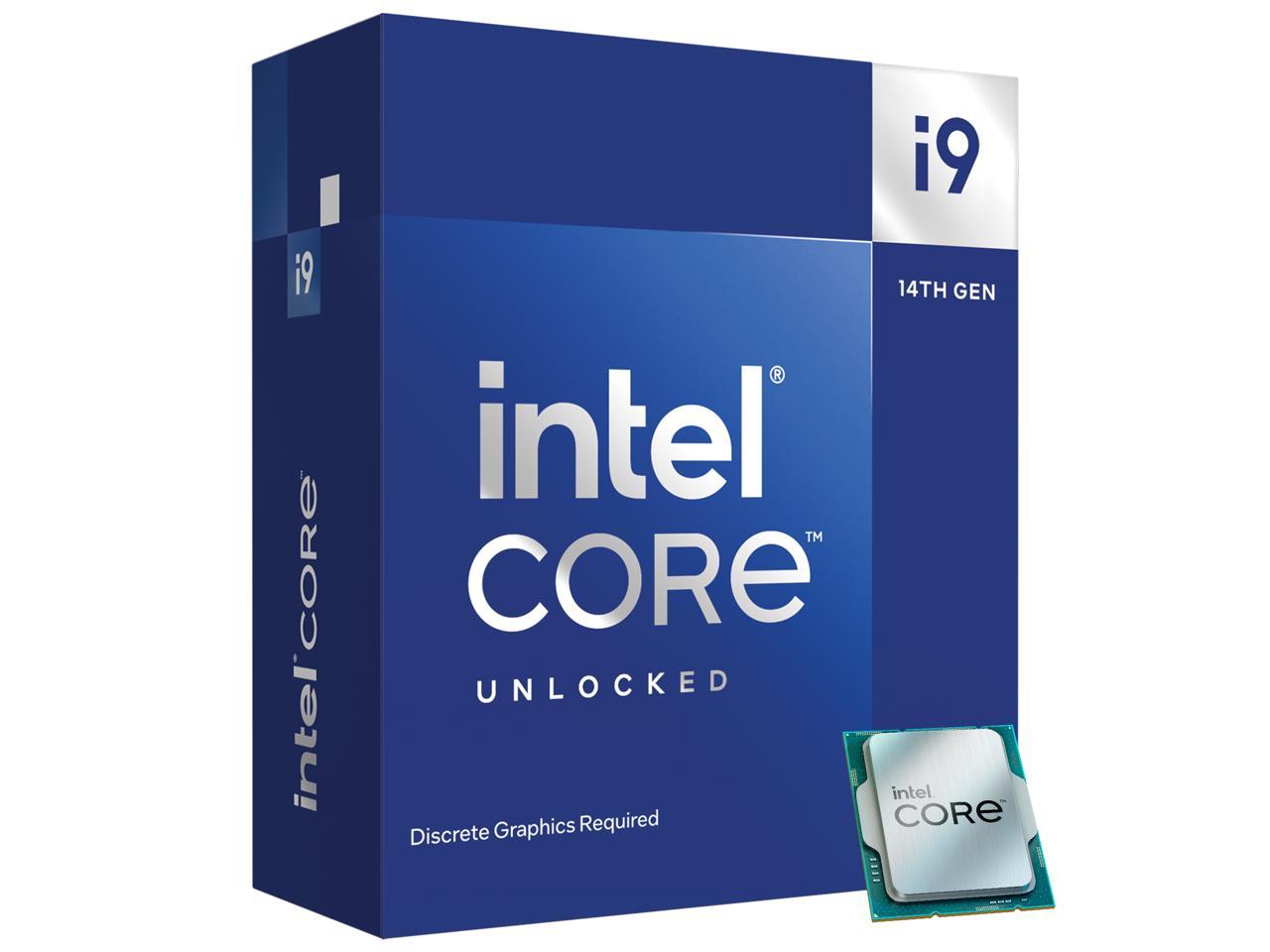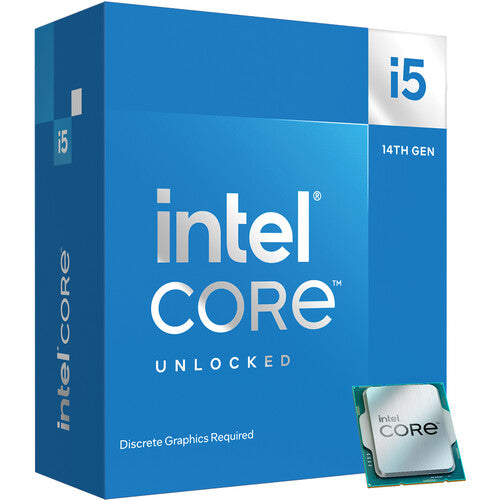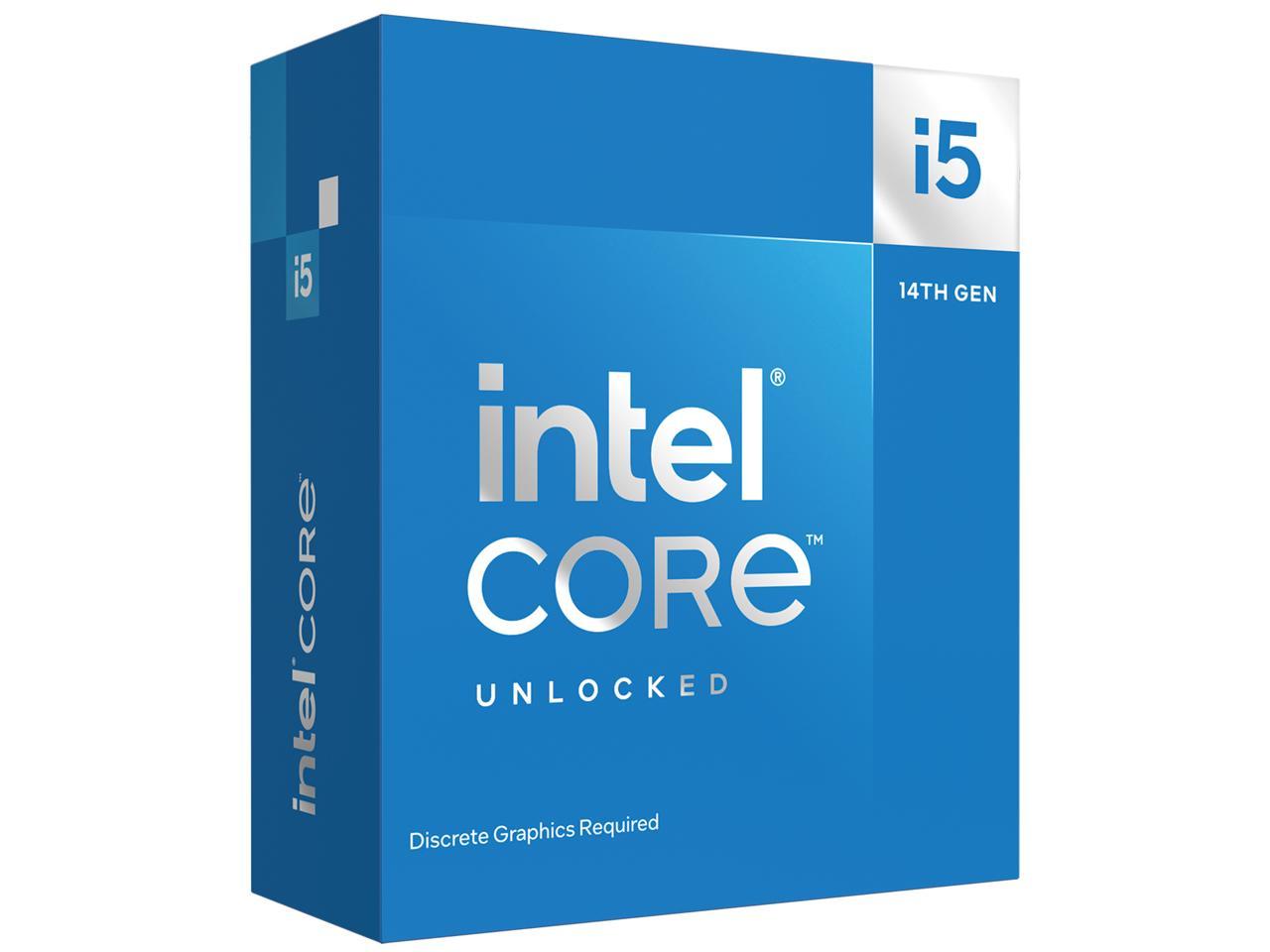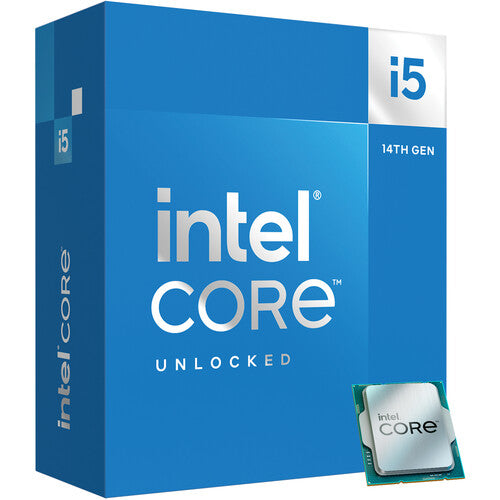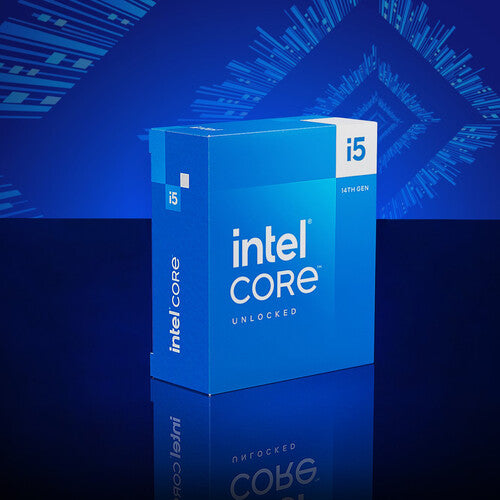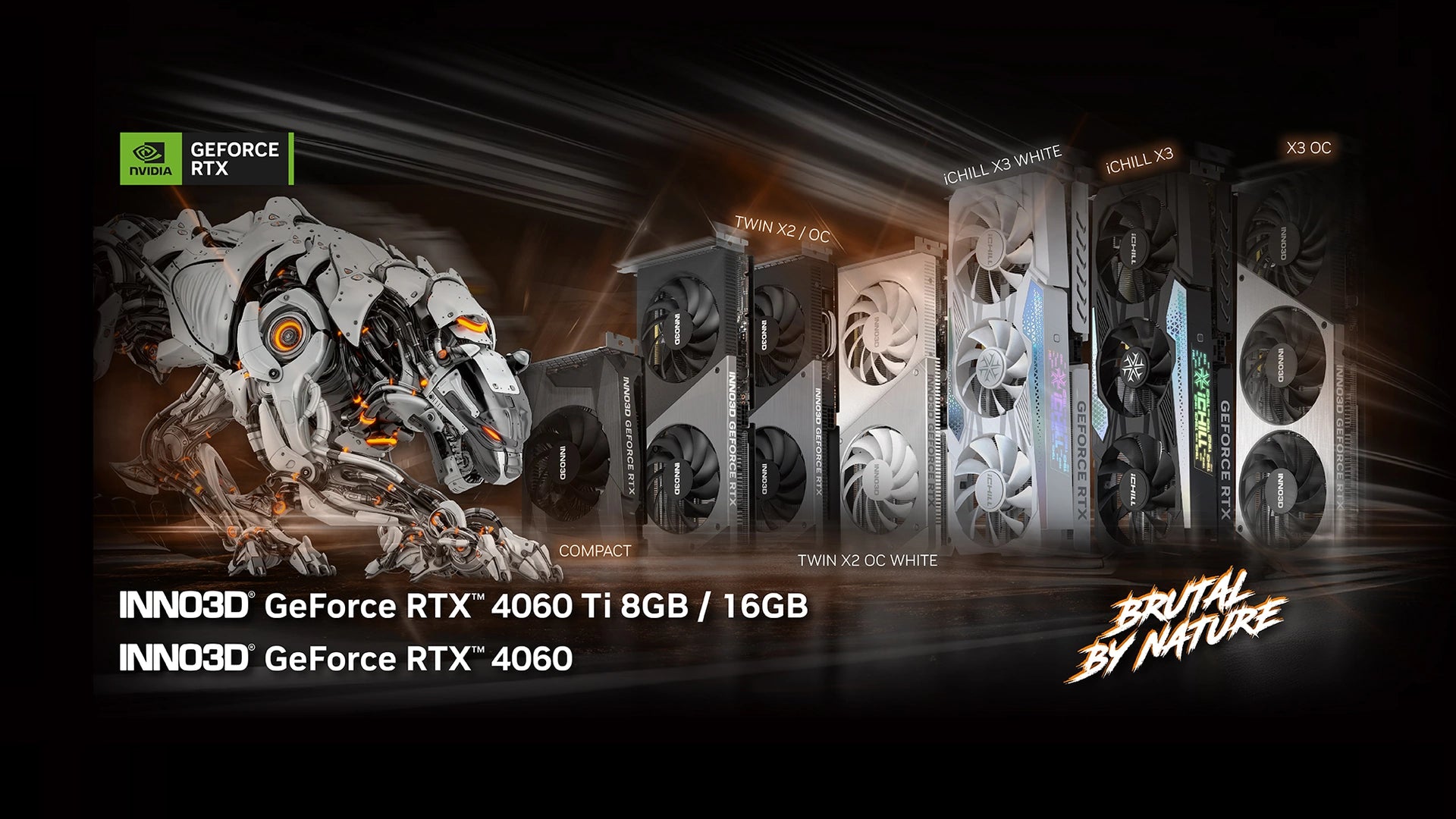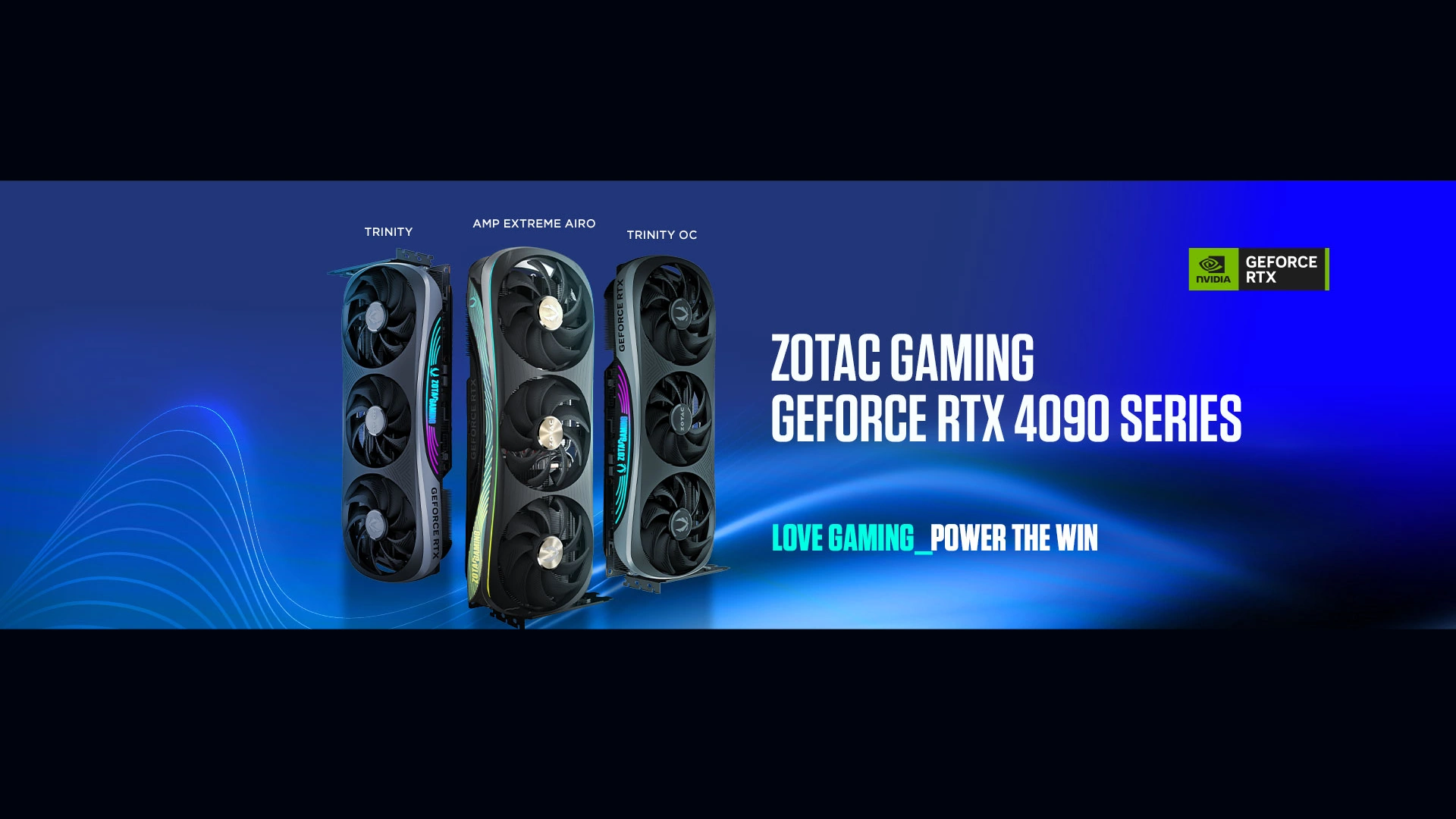Memory / Rams FAQs
No, desktop and laptop memory (RAM) modules are generally not interchangeable due to differences in physical size, form factor, and pin configurations. Desktop RAM modules typically use DIMM (Dual Inline Memory Module) slots and have larger physical dimensions, while laptop RAM modules use smaller form factors like SO-DIMM (Small Outline DIMM) and have different pin layouts to fit within the space constraints of laptops. Therefore, it's essential to use memory modules specifically designed for your desktop or laptop computer.
- For gaming, faster RAM can enhance overall system performance by reducing loading times, improving frame rates, and providing smoother gameplay, especially in CPU-intensive games. Look for DDR4 or DDR5 RAM modules with speeds ranging from 3200MHz to 4800MHz or higher, depending on your budget and system compatibility.
- For professional applications such as video editing, 3D rendering, or graphic design, faster RAM can improve multitasking, rendering times, and overall workflow efficiency. Opting for higher-speed RAM with ample capacity (16GB or more) and low latency can lead to noticeable performance gains in these tasks.
- DDR4:Lower data transfer rates compared to DDR5. Limited memory densities compared to DDR5. Operates at higher voltages compared to DDR5. Commonly used in older systems and remains widely available. Generally lower cost compared to DDR5 due to older technology.
- DDR5:Higher data transfer rates compared to DDR4.
- Offers higher memory densities compared to DDR4.
- Designed to be more power-efficient compared to DDR4.
- Requires motherboards and CPUs specifically designed to support DDR5.
- May be initially more expensive than DDR4 due to newer technology.
Vektra Workshop services includes full PC assembly and parts upgrade. Technician can do the work for both.
For gaming: DDR4 RAM with speeds between 3200MHz to 4800MHz and capacities of 16GB to 32GB.For professional use: DDR4 RAM with speeds between 3200MHz to 4800MHz and capacities of 32GB to 64GB, potentially considering ECC RAM for critical data processing.

